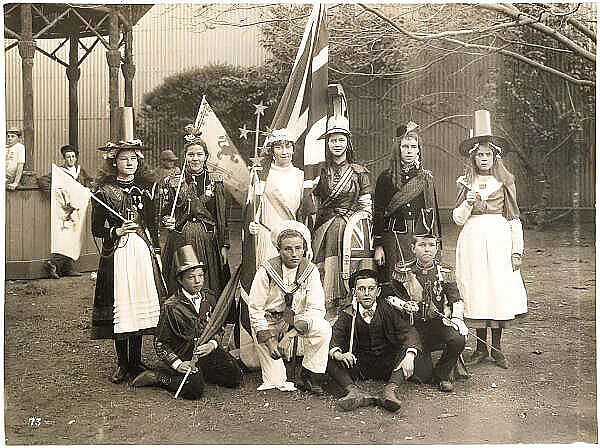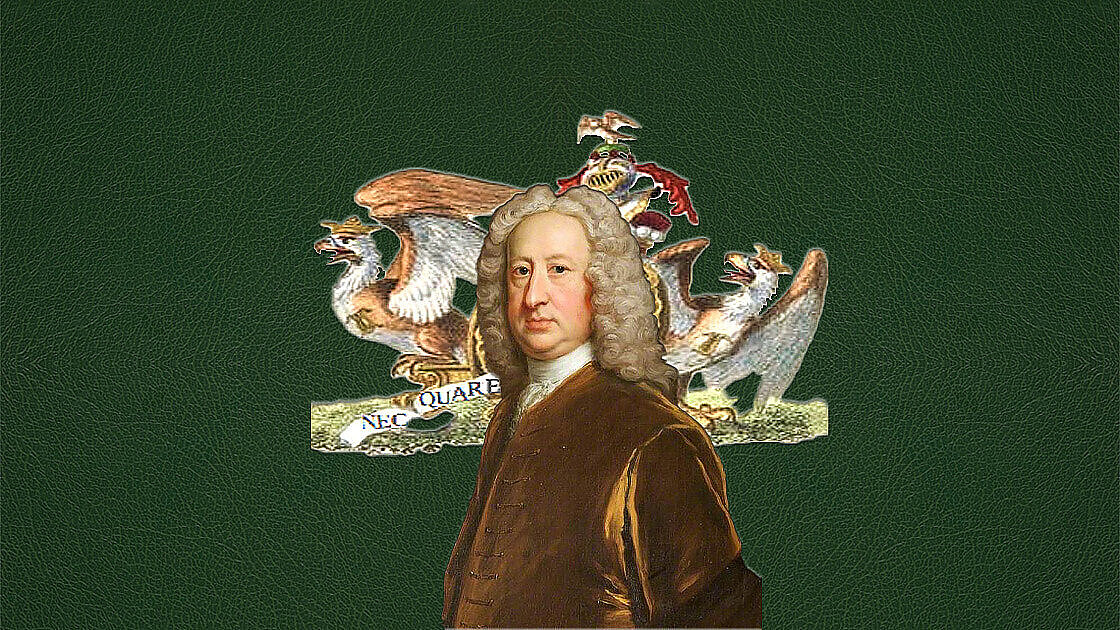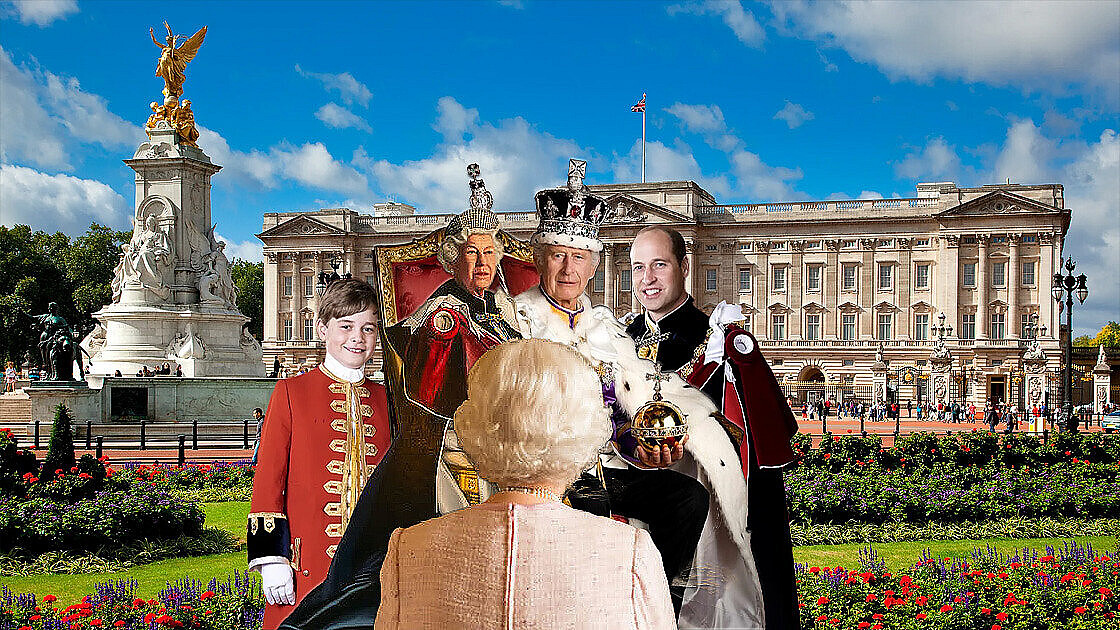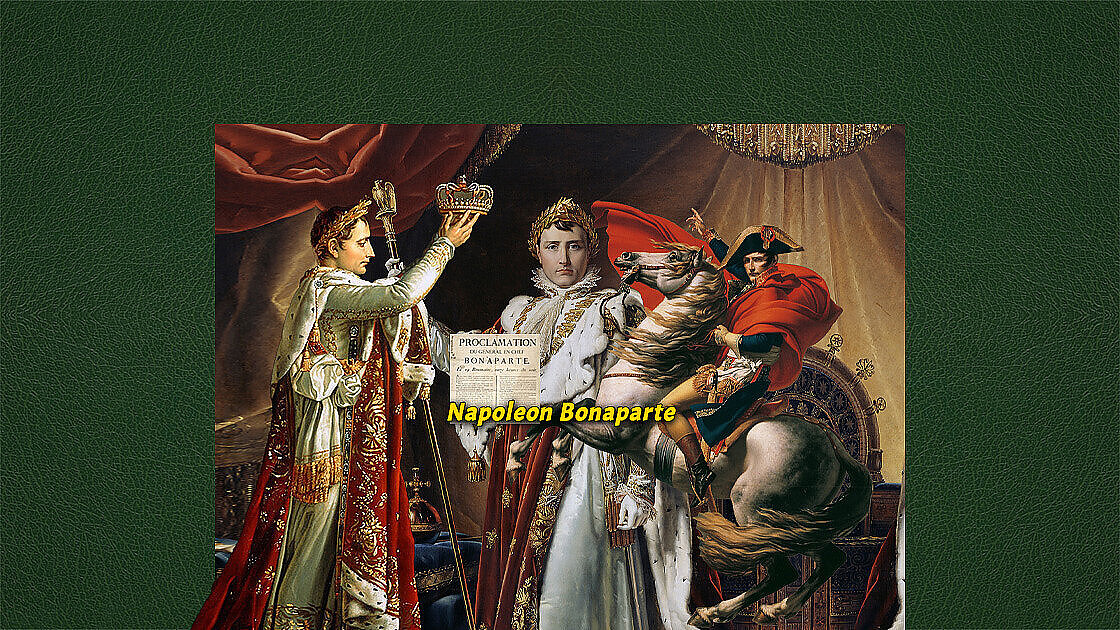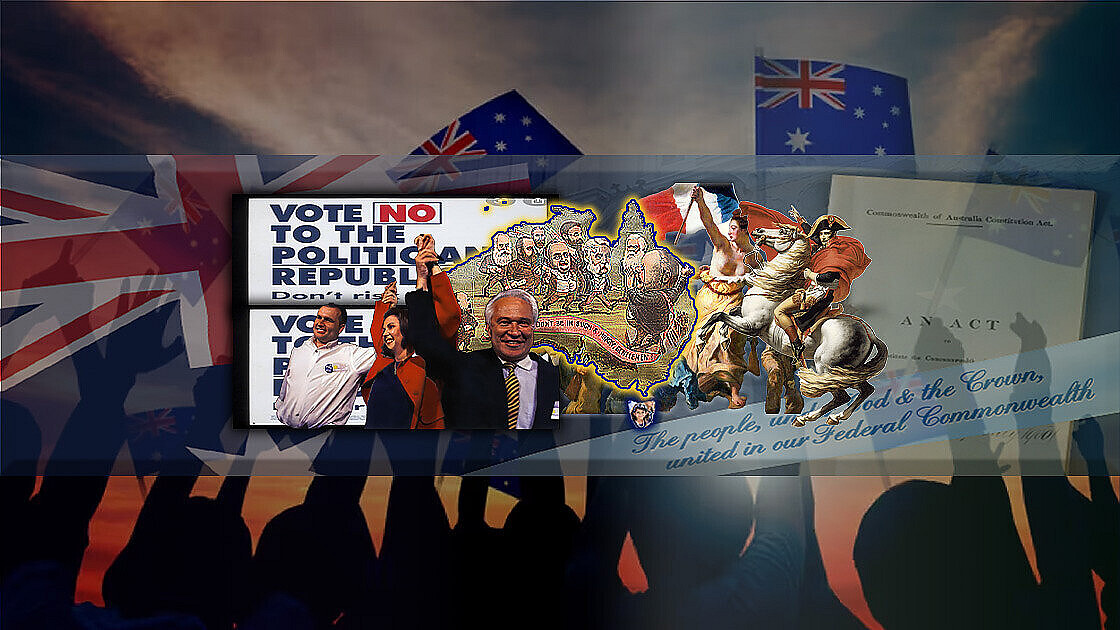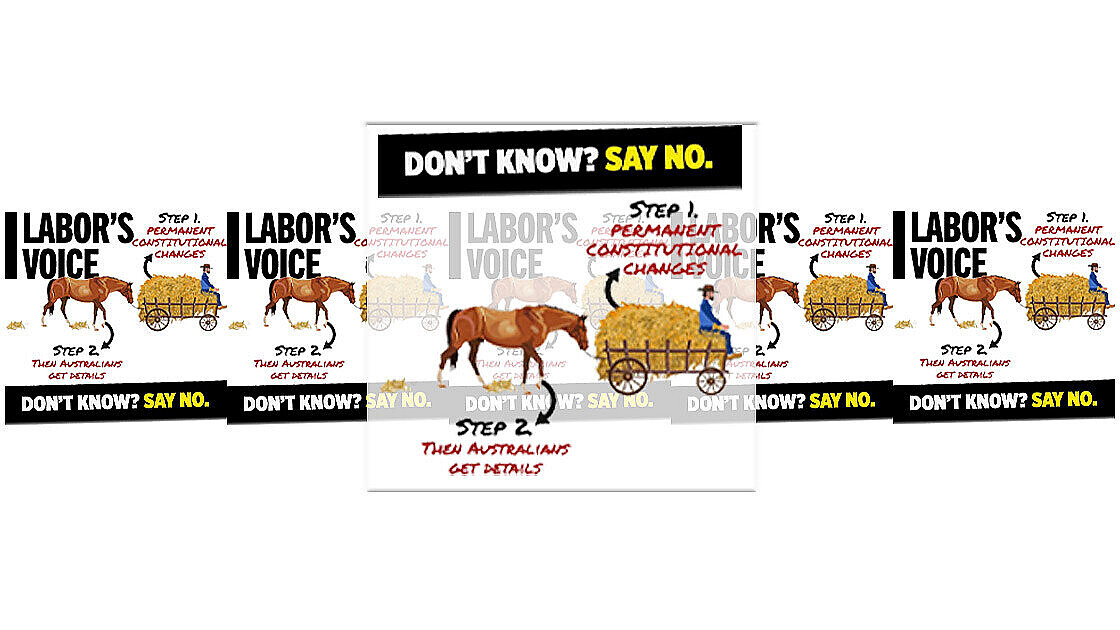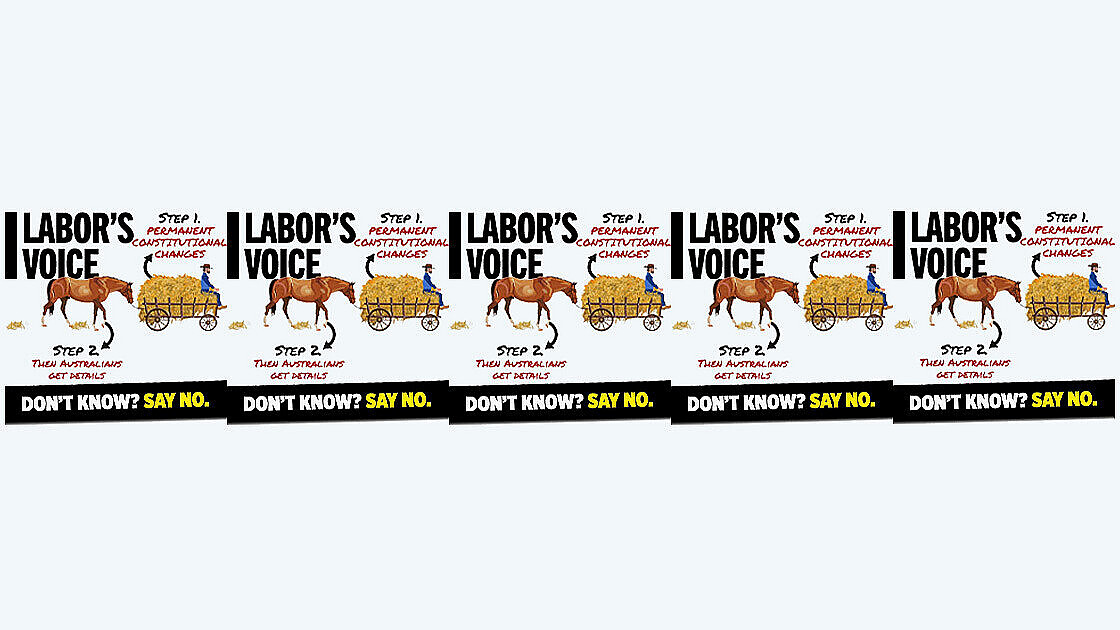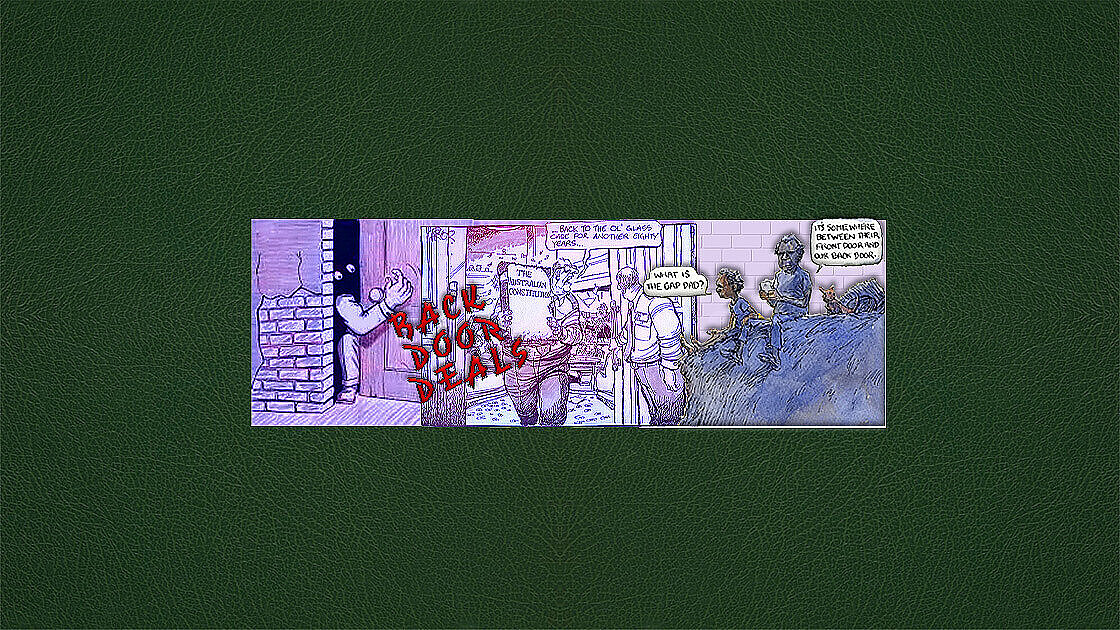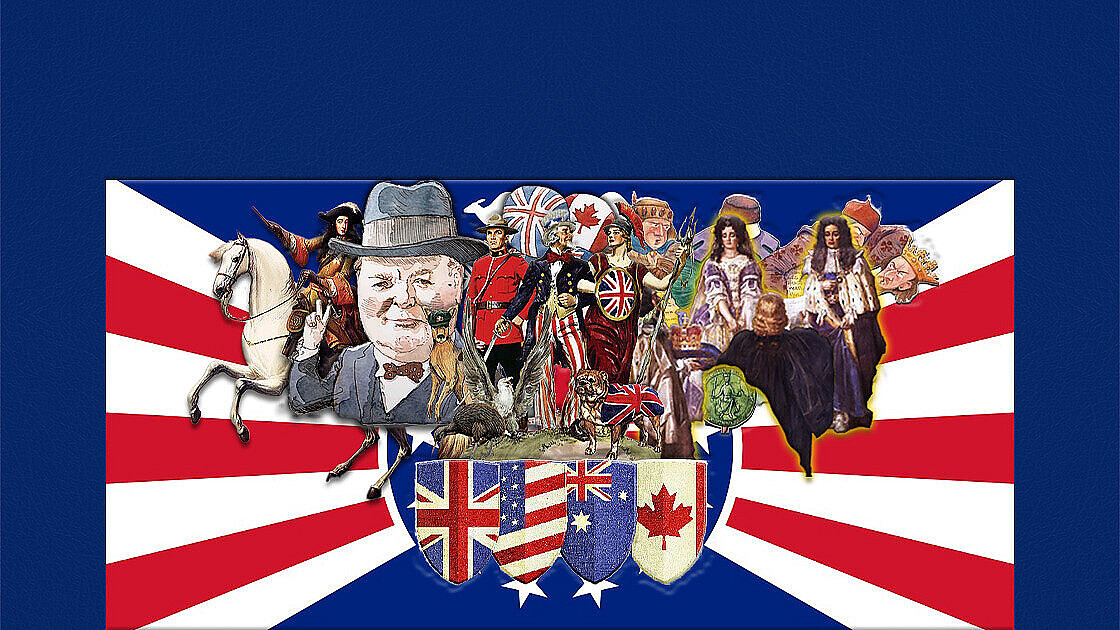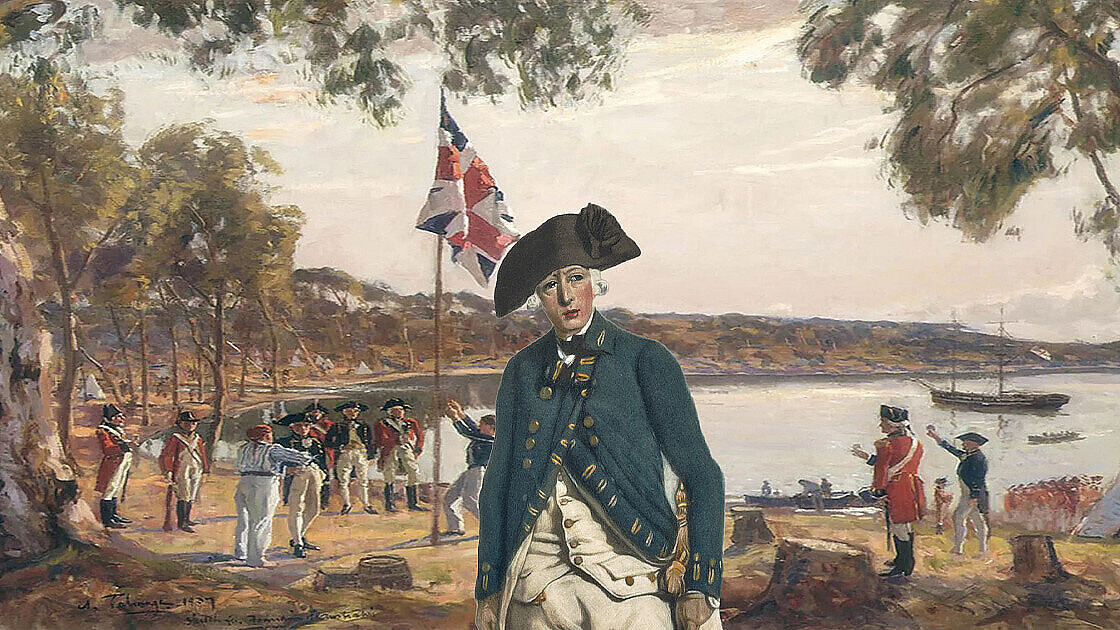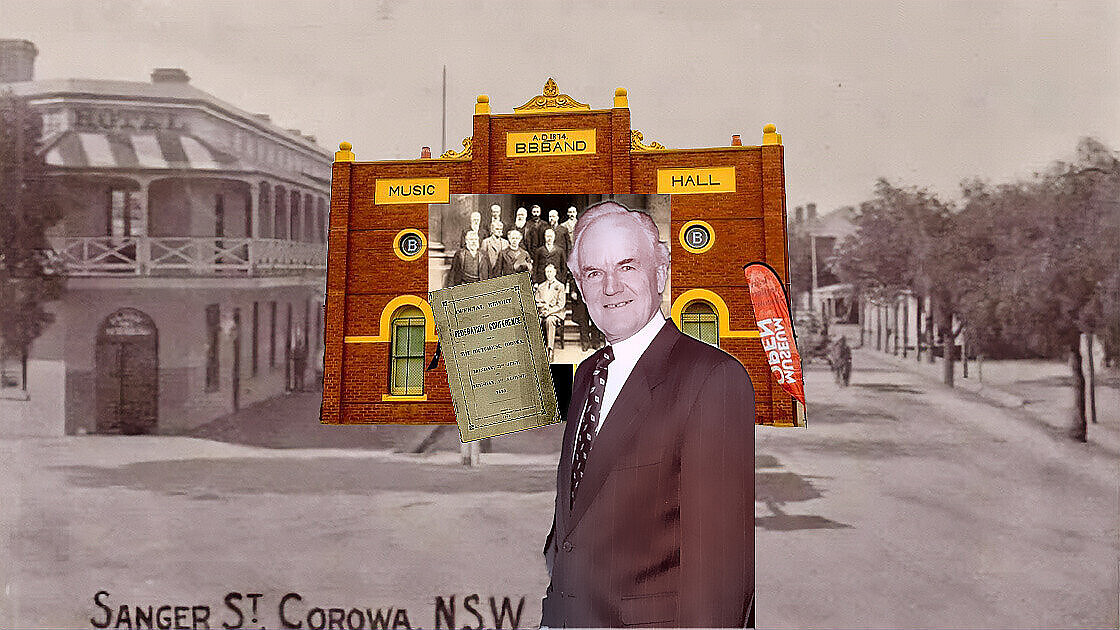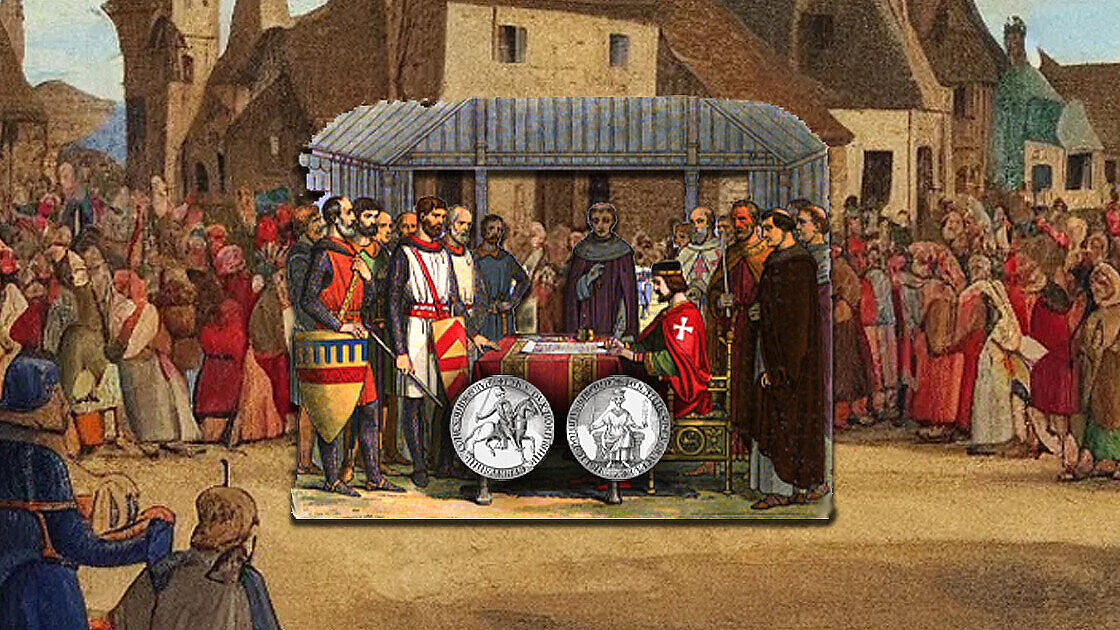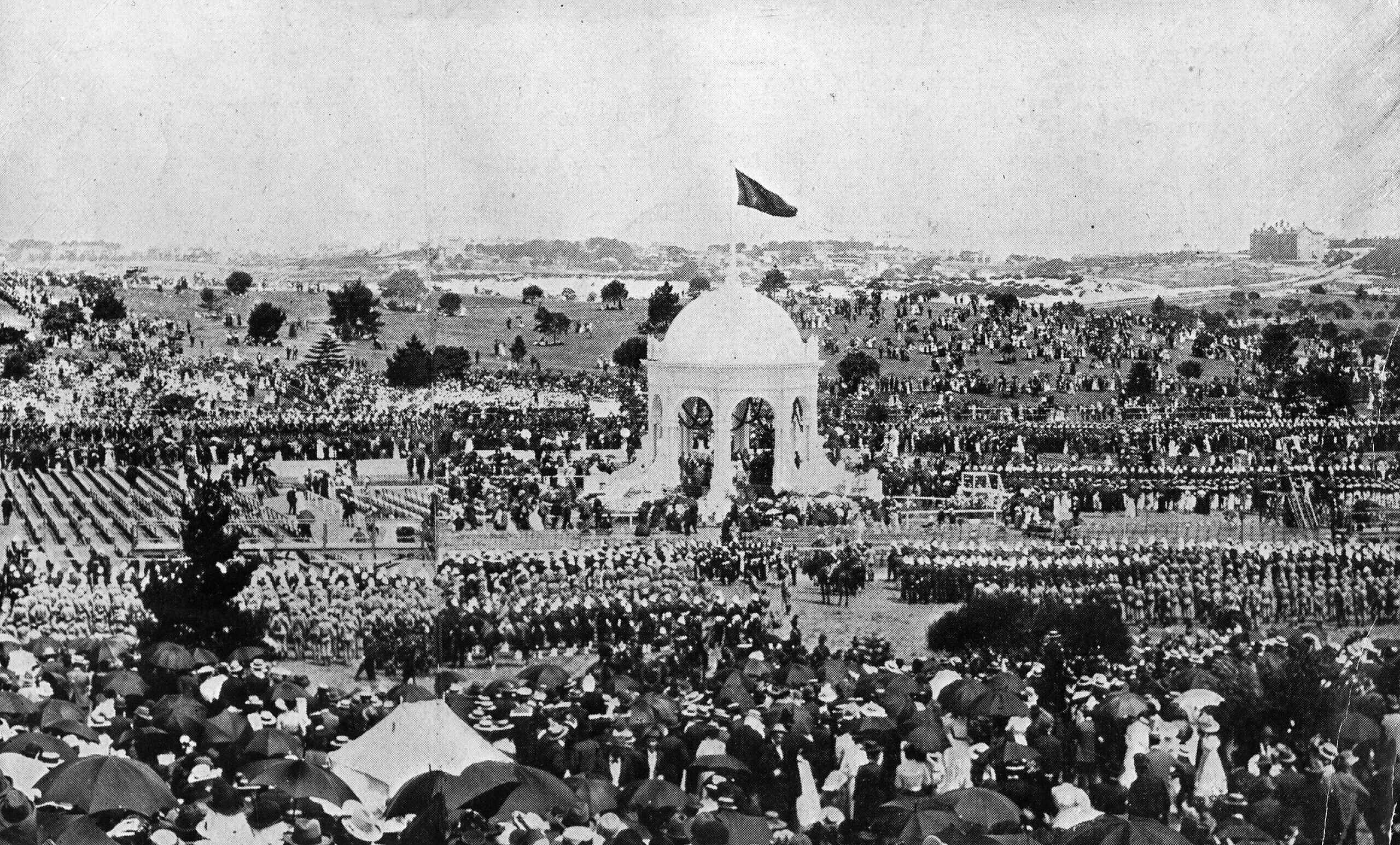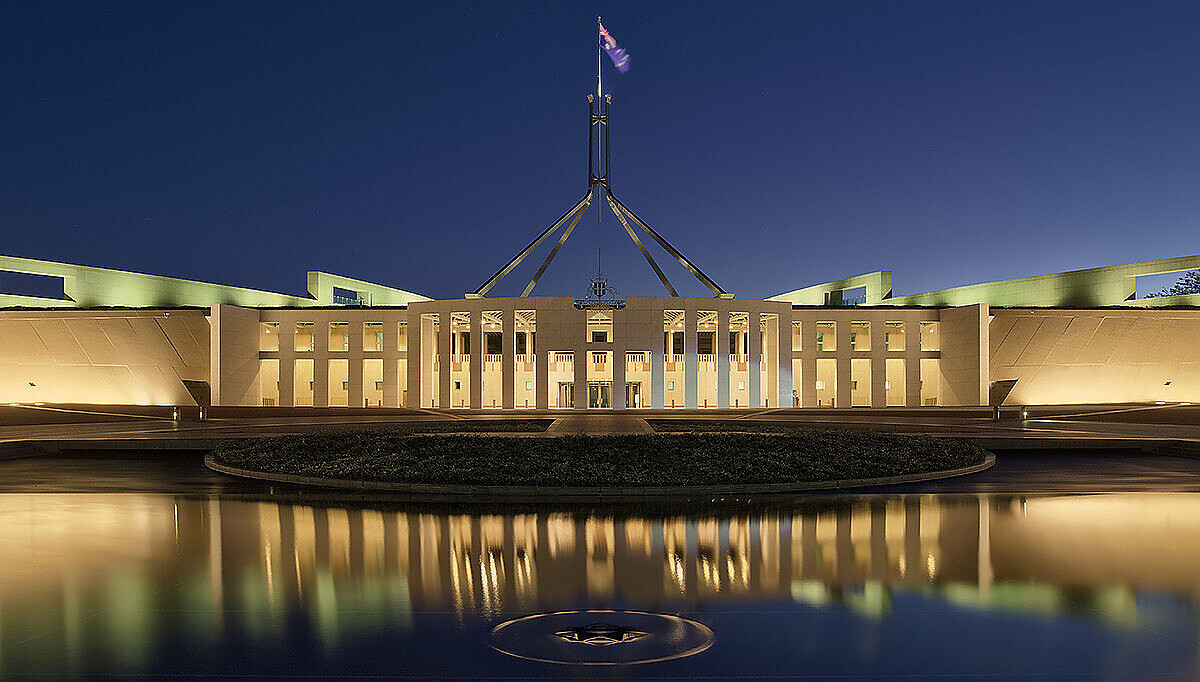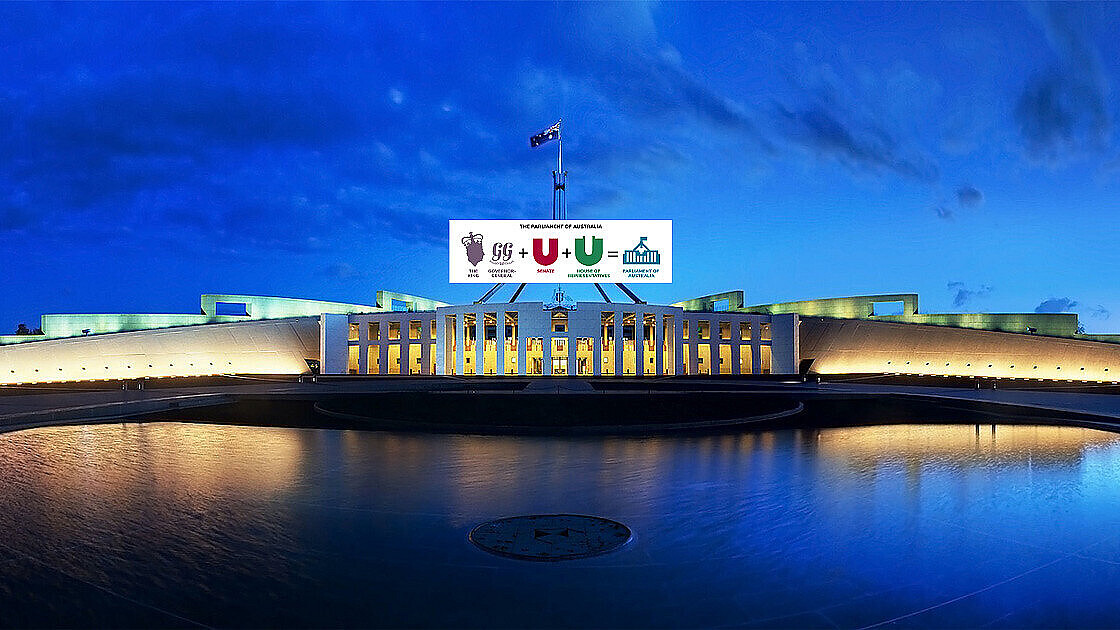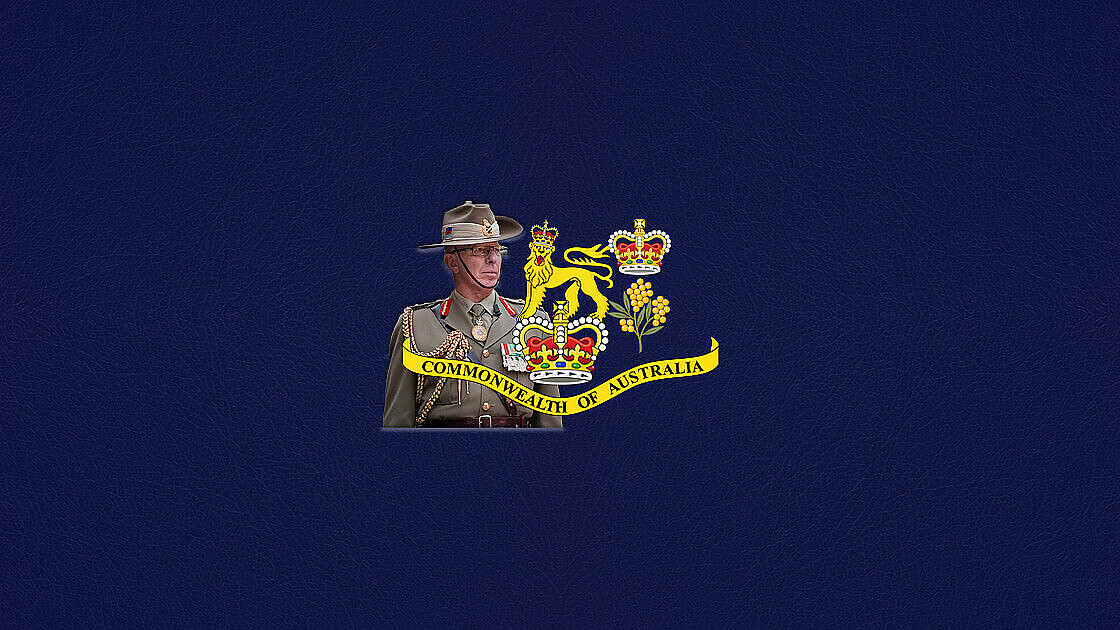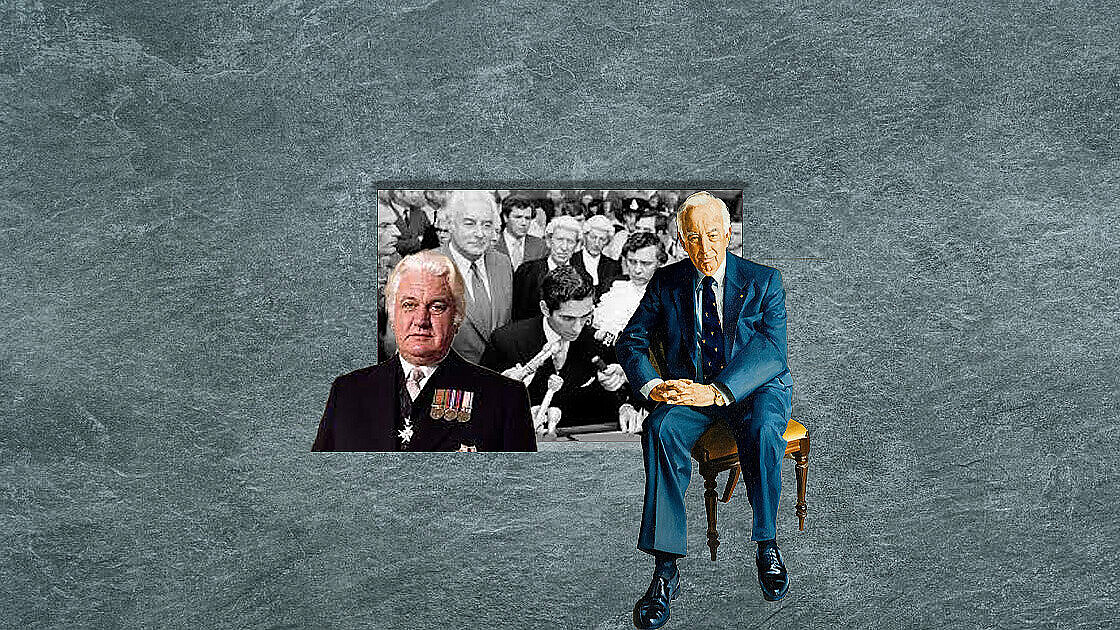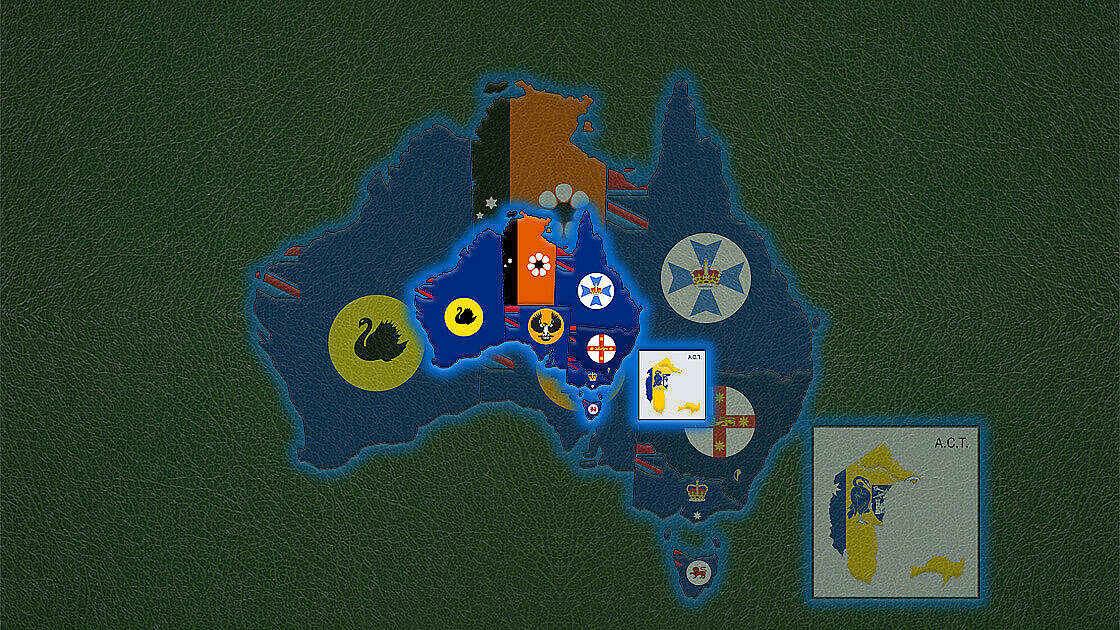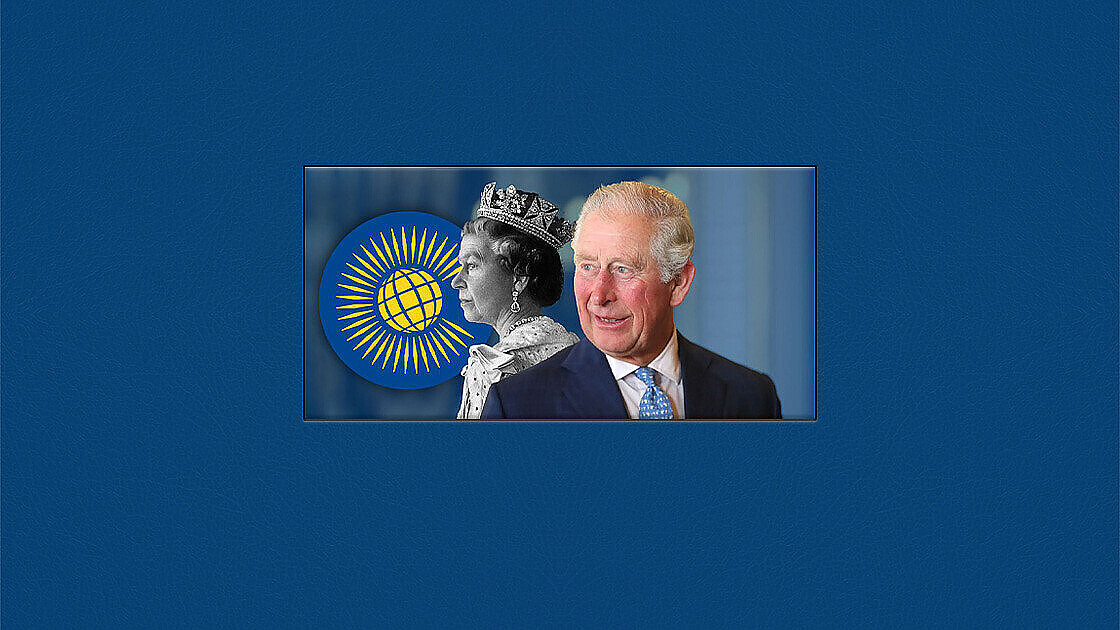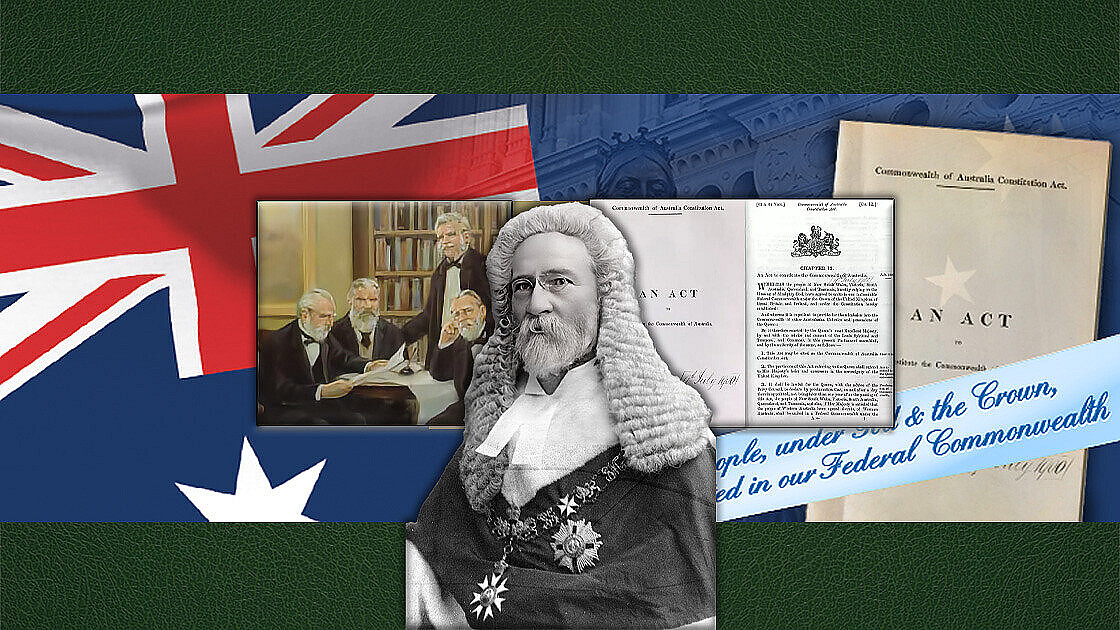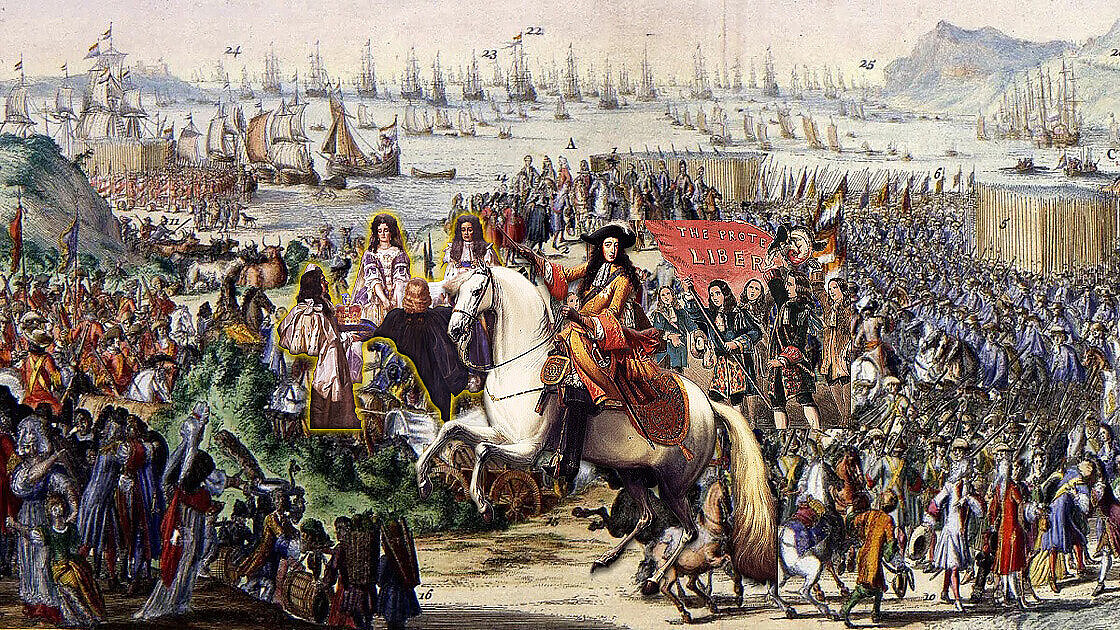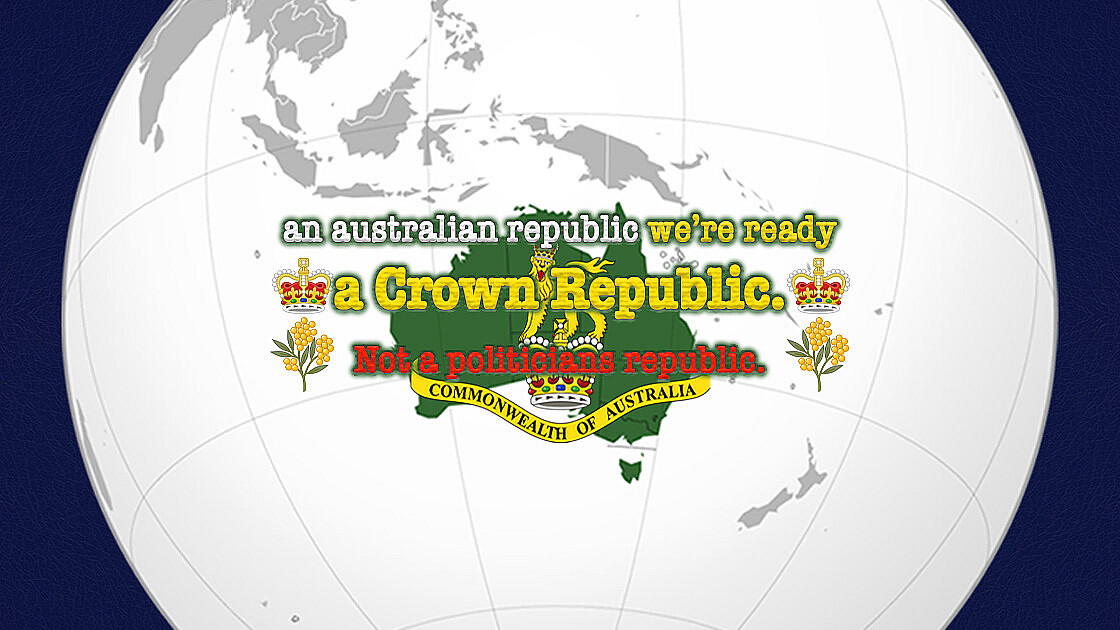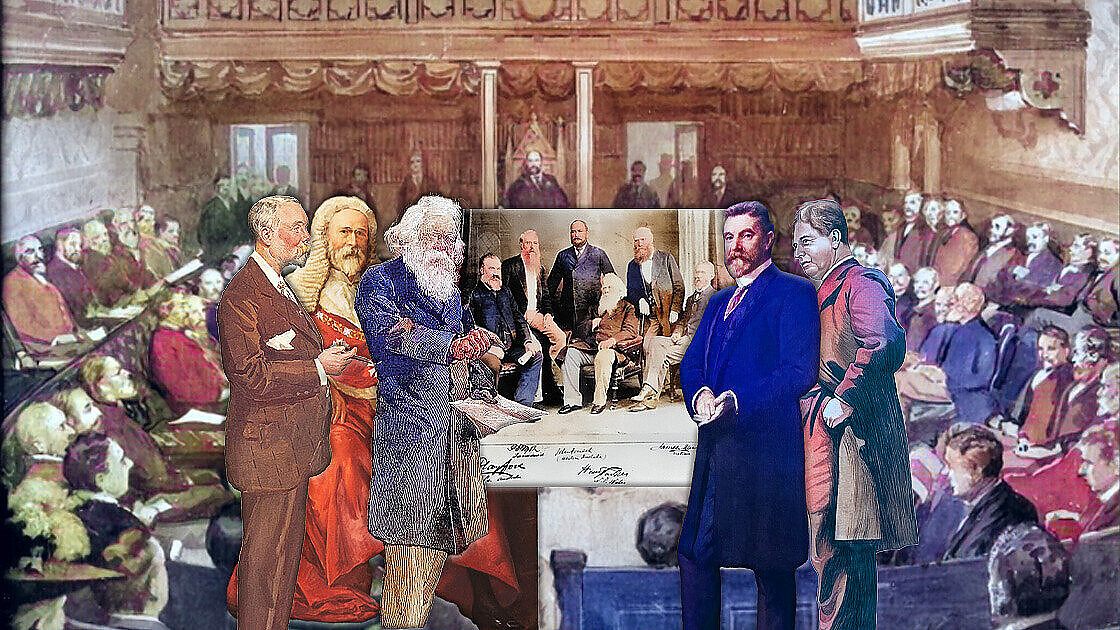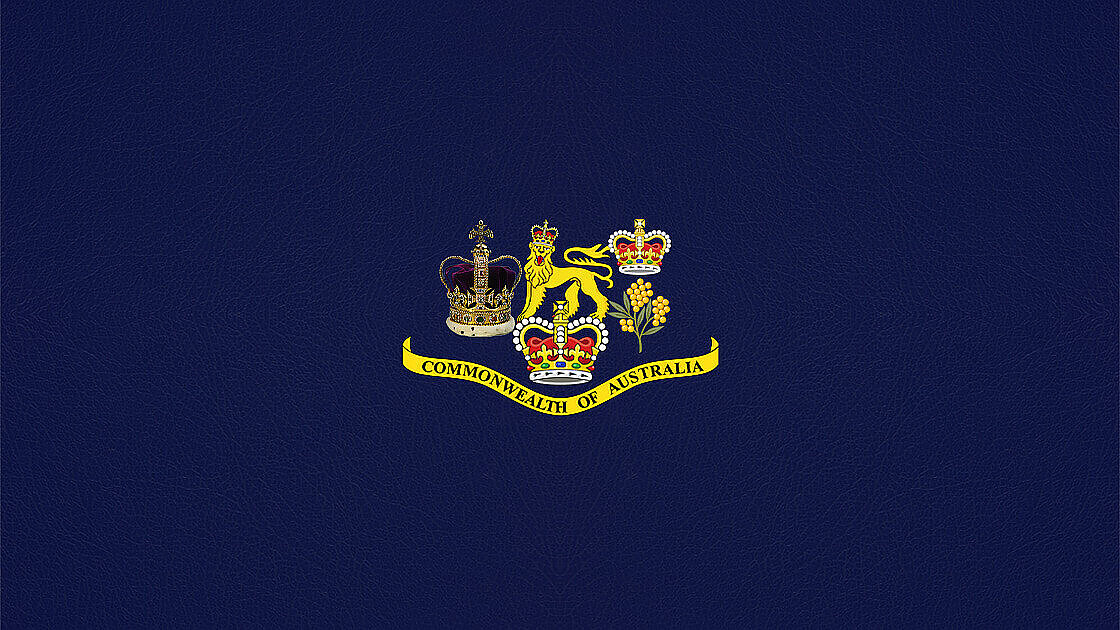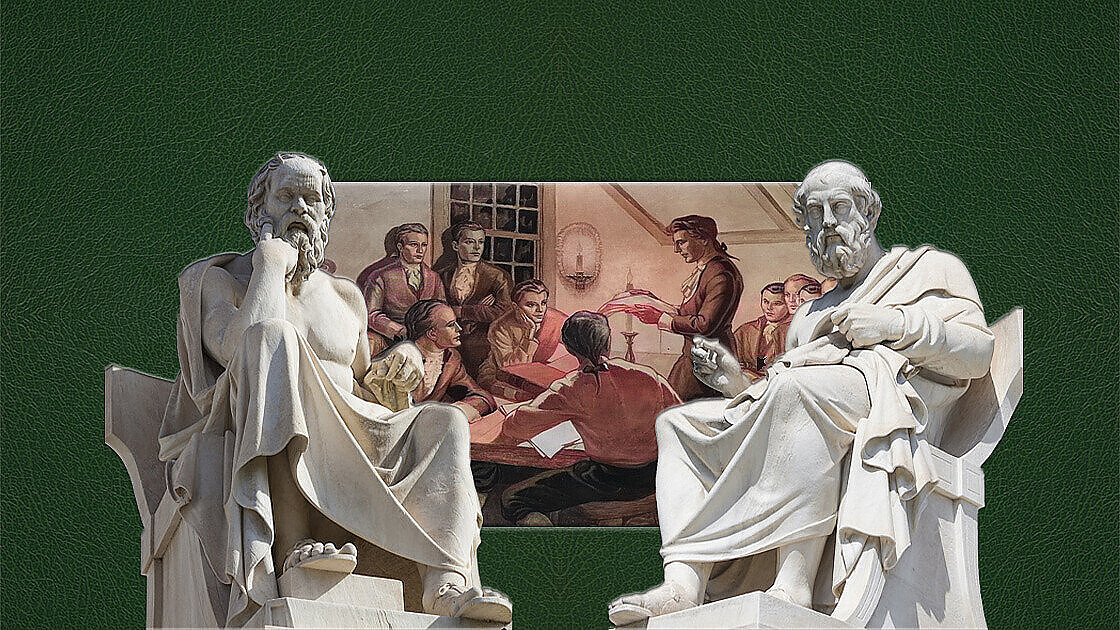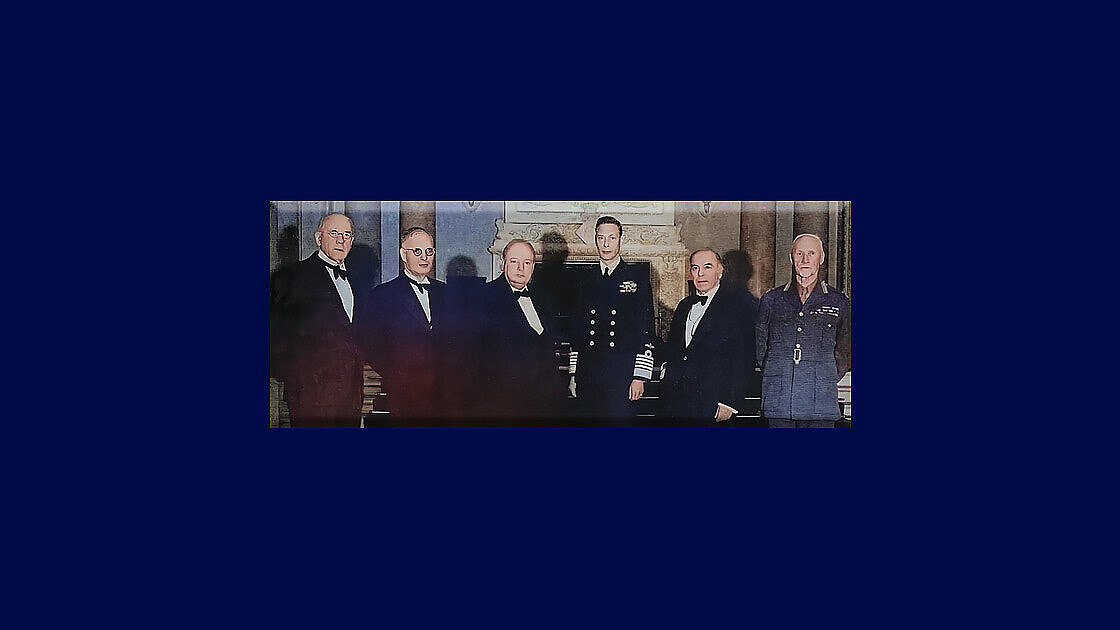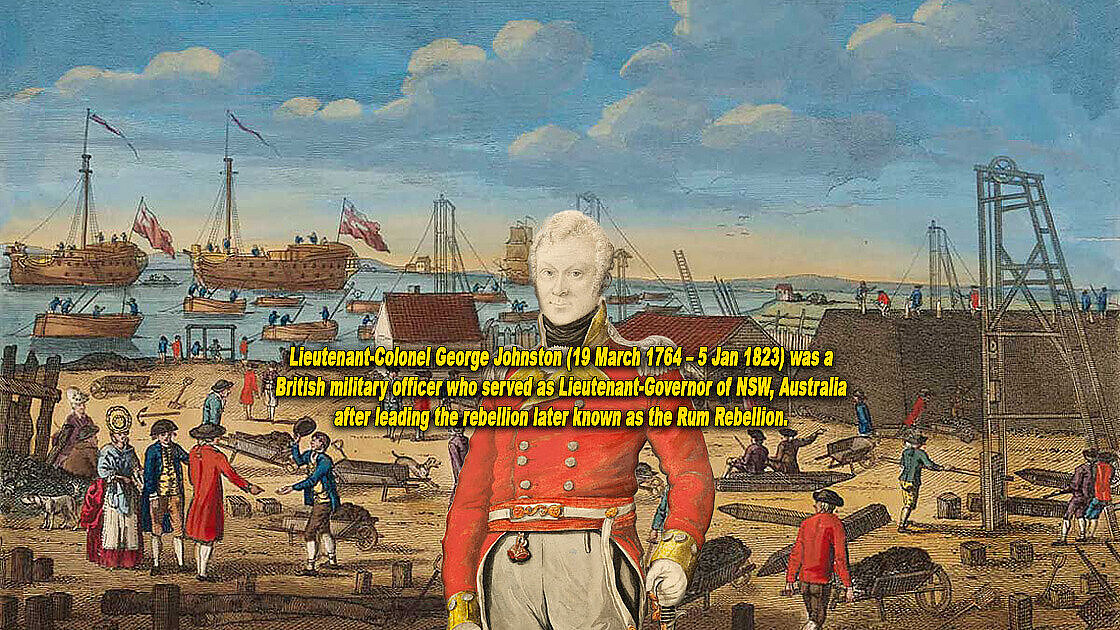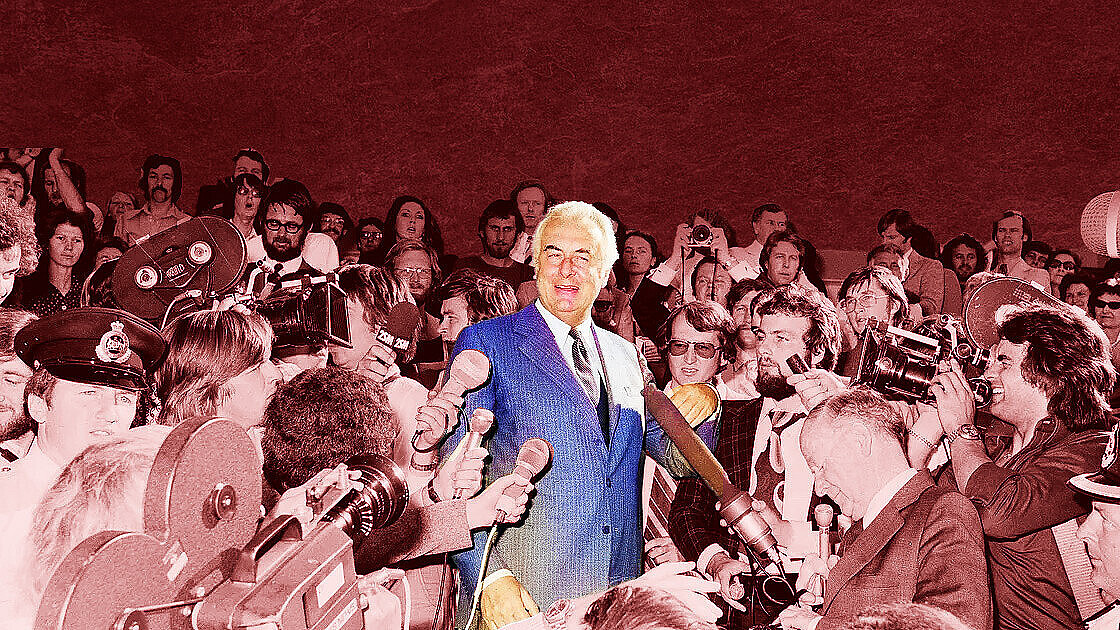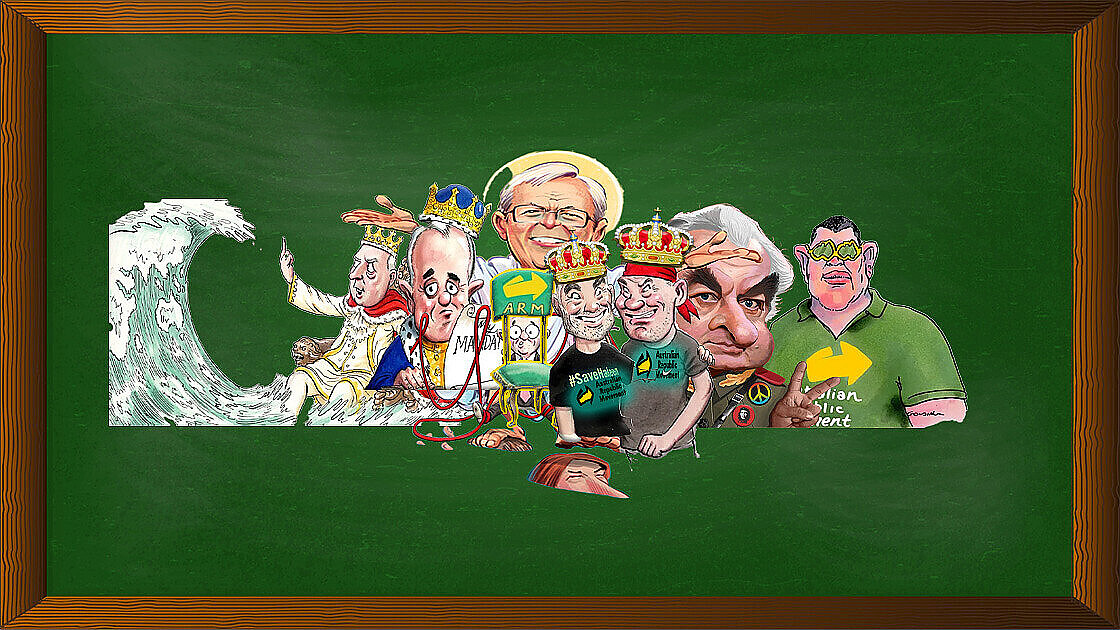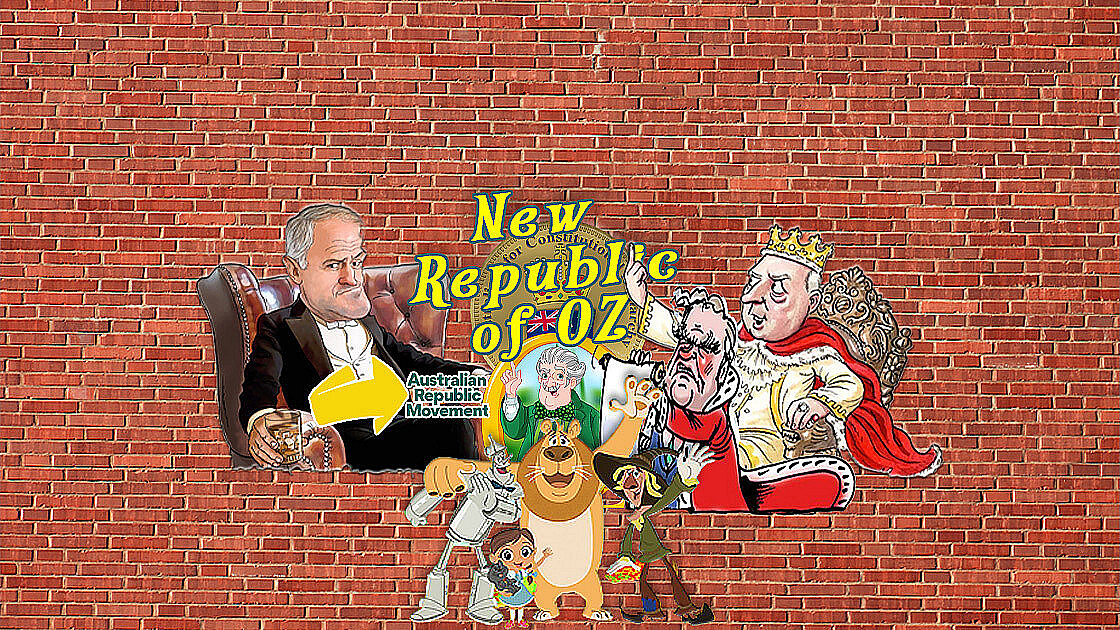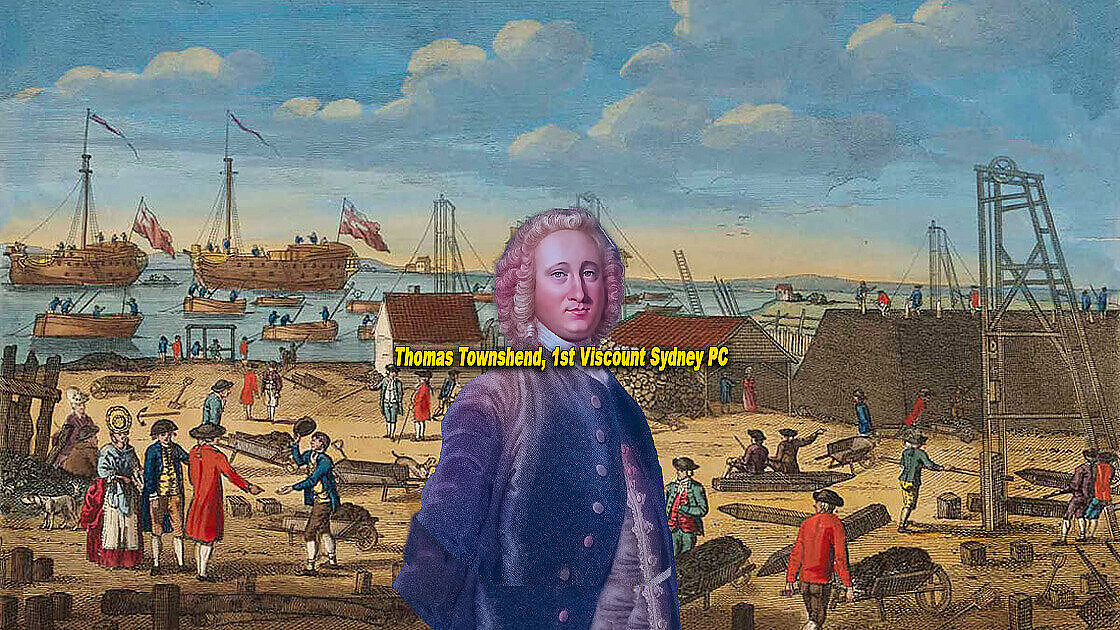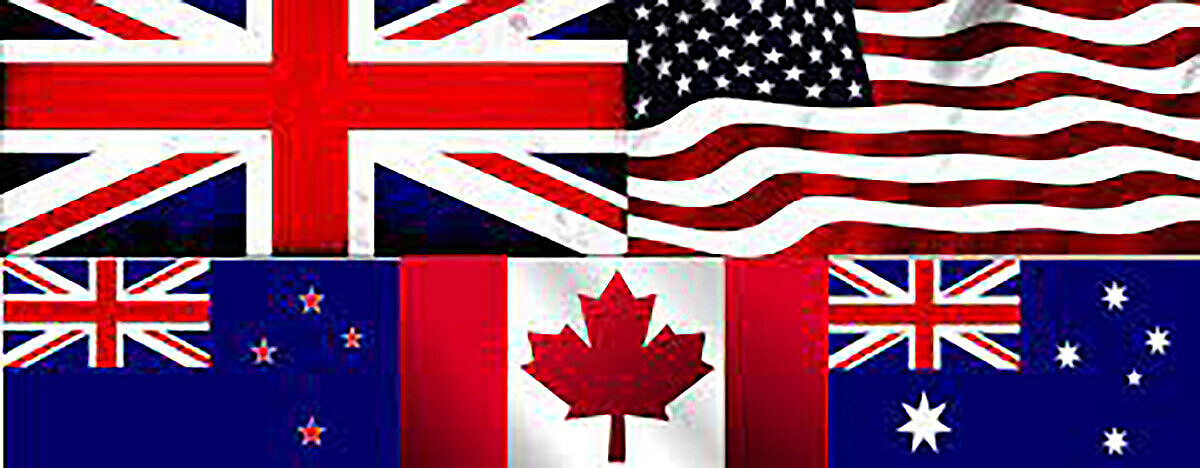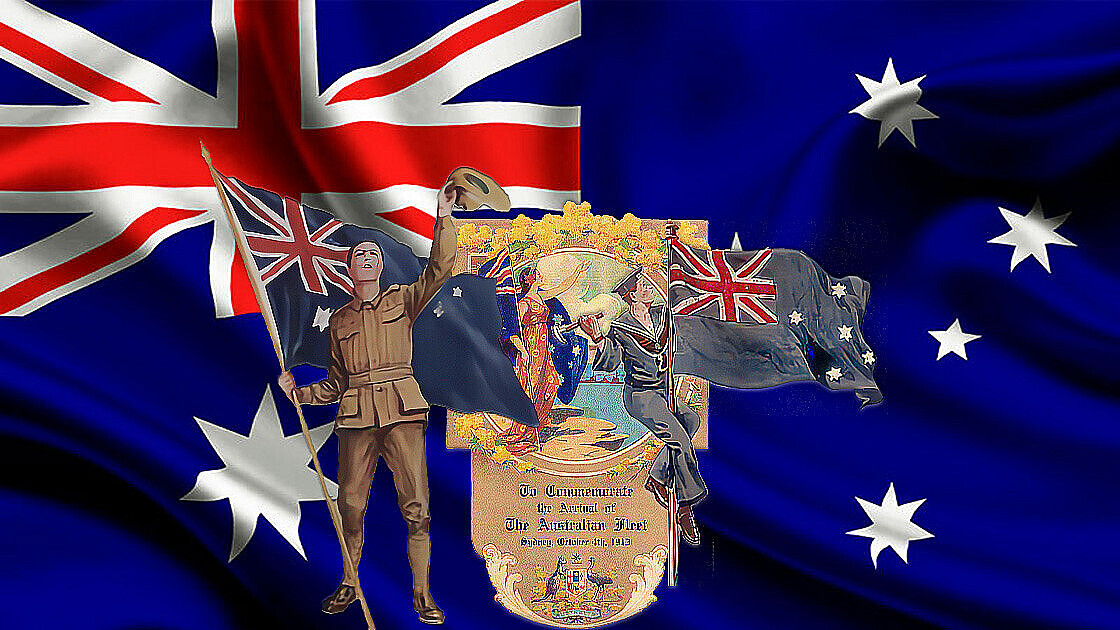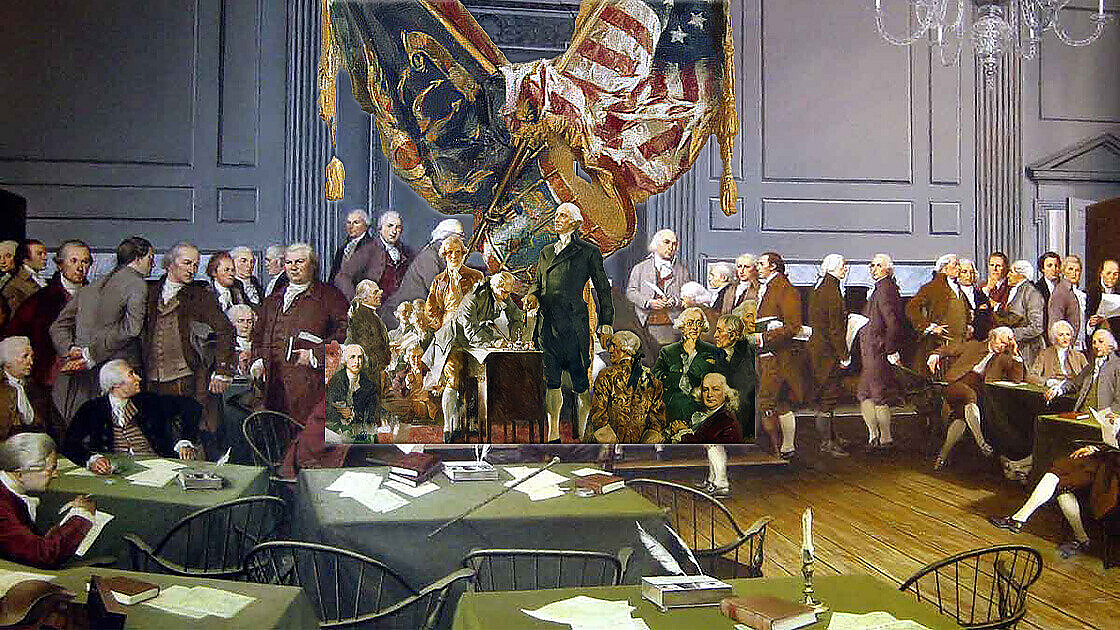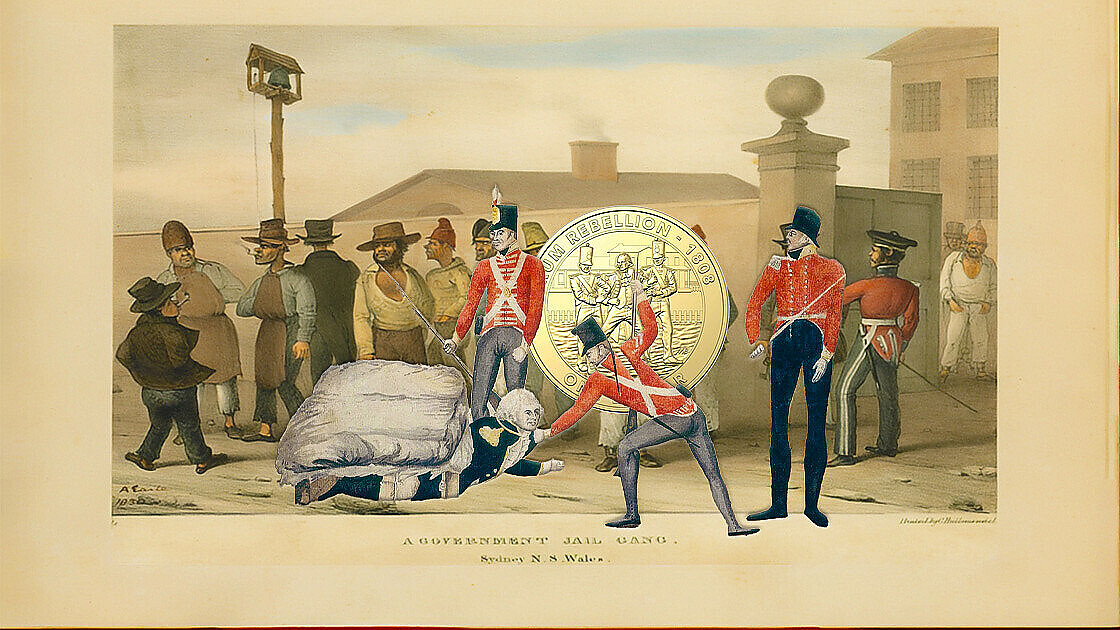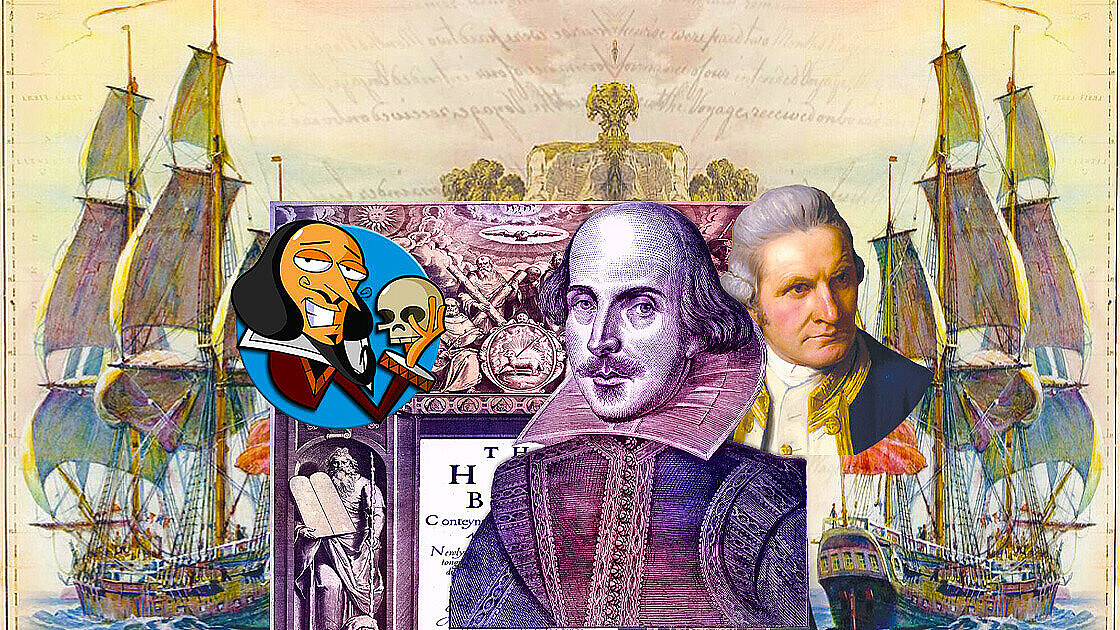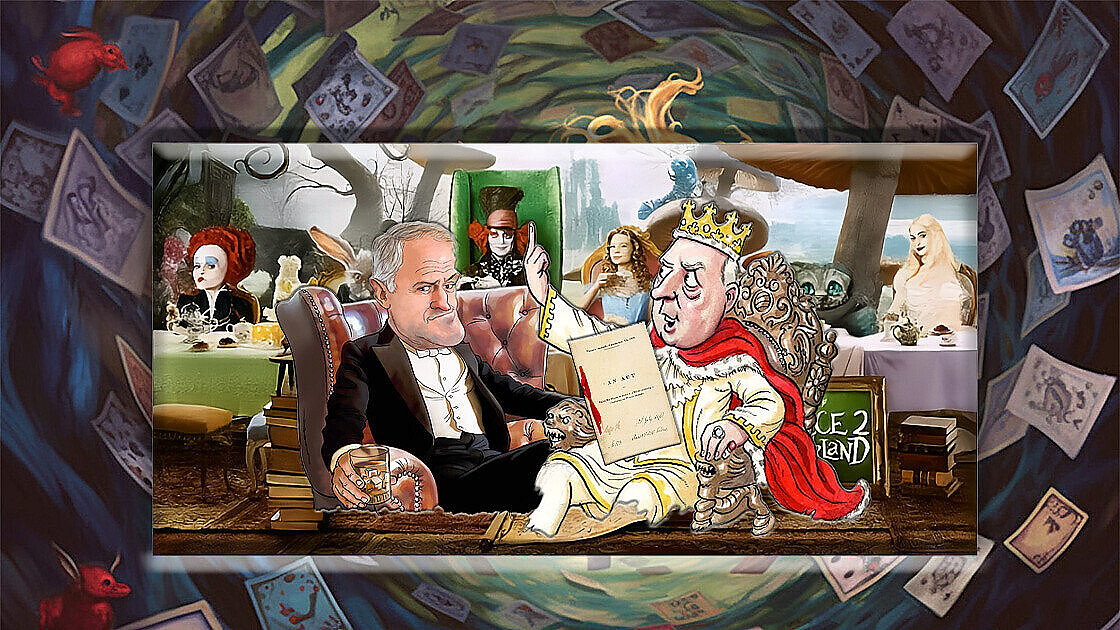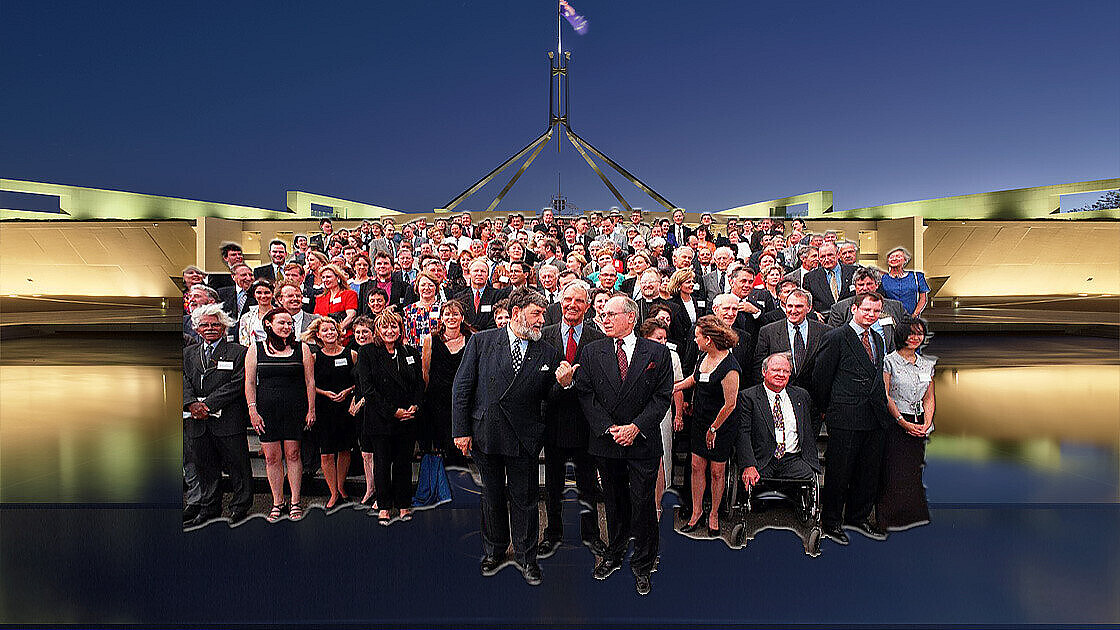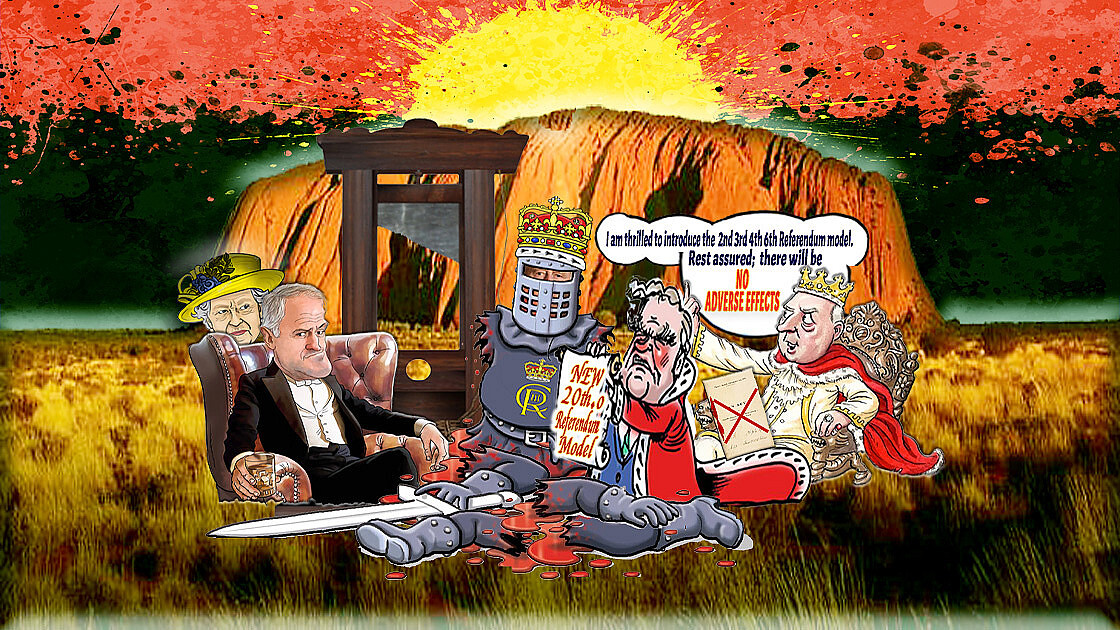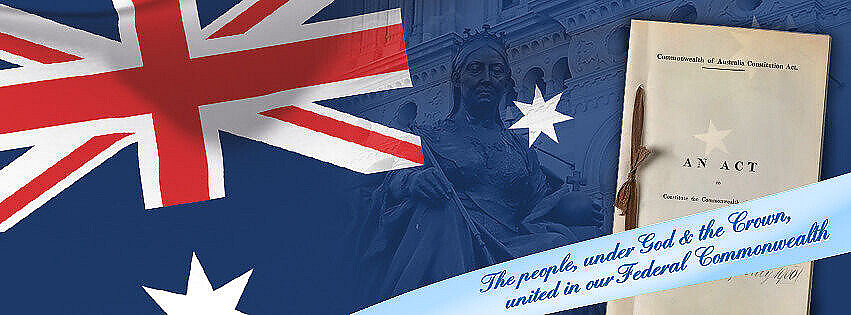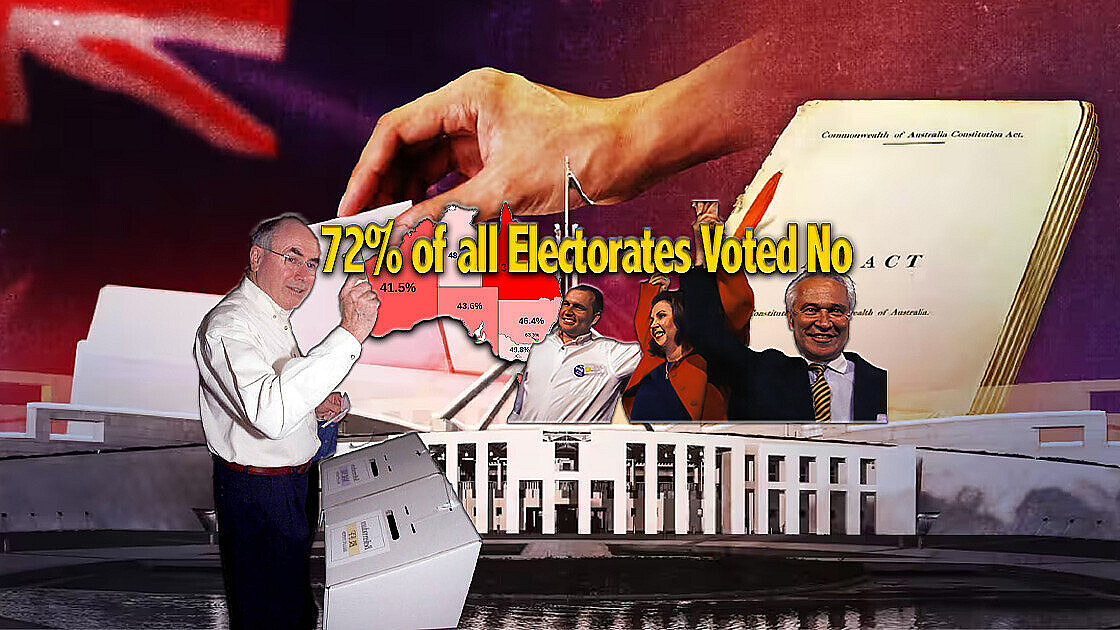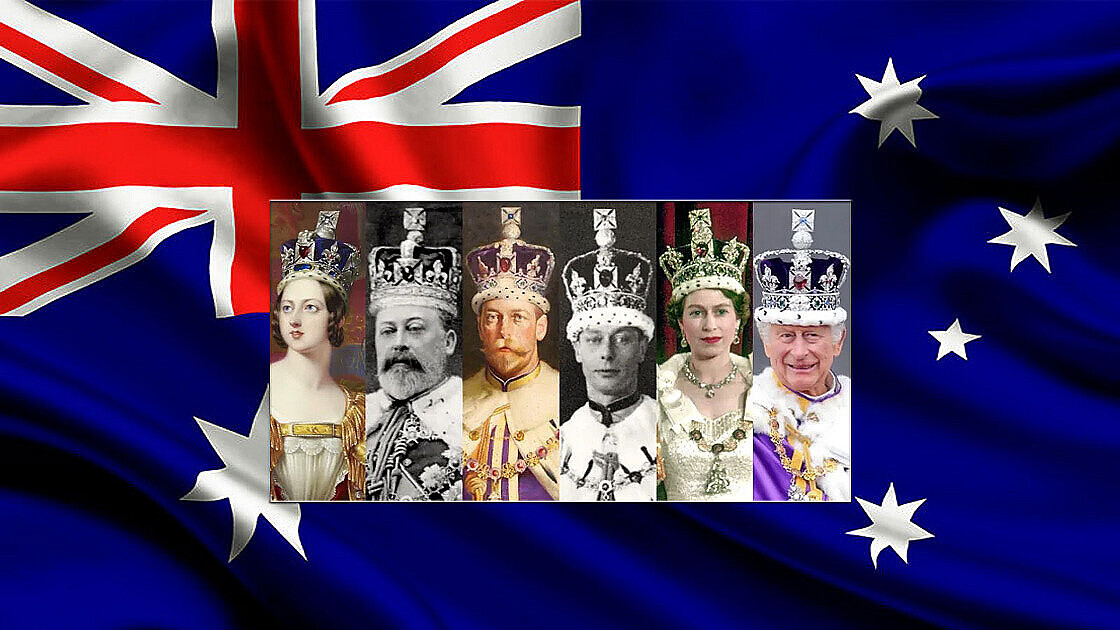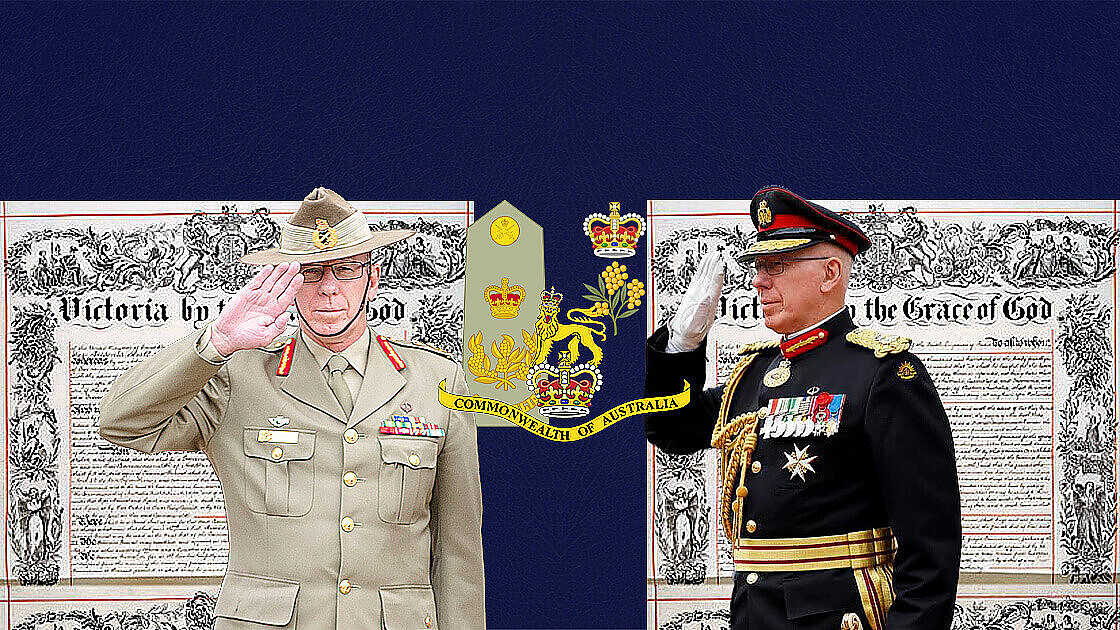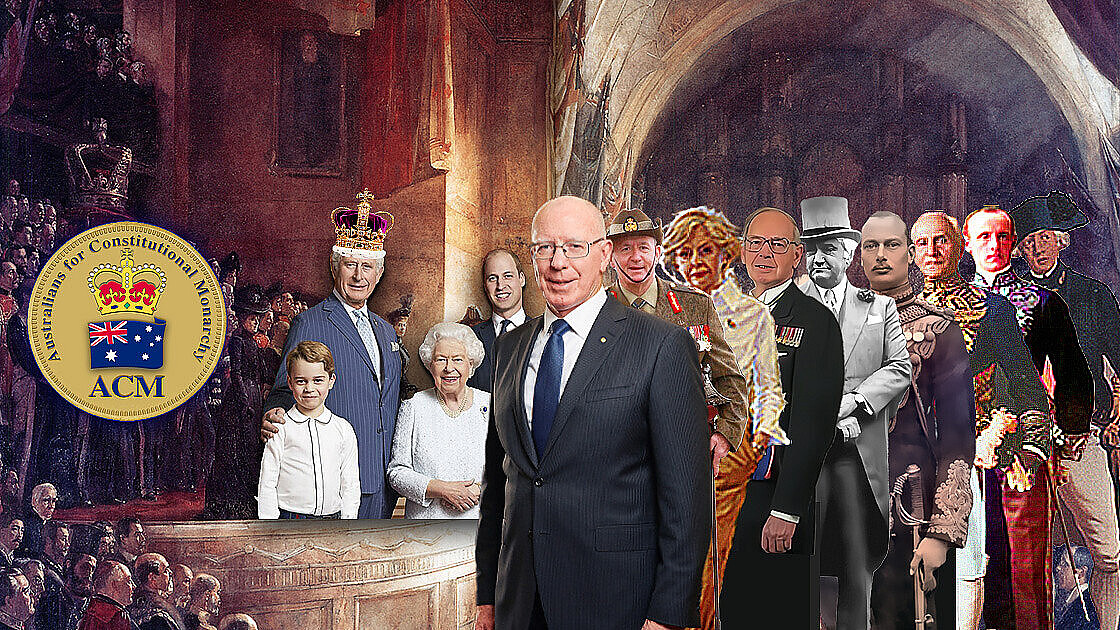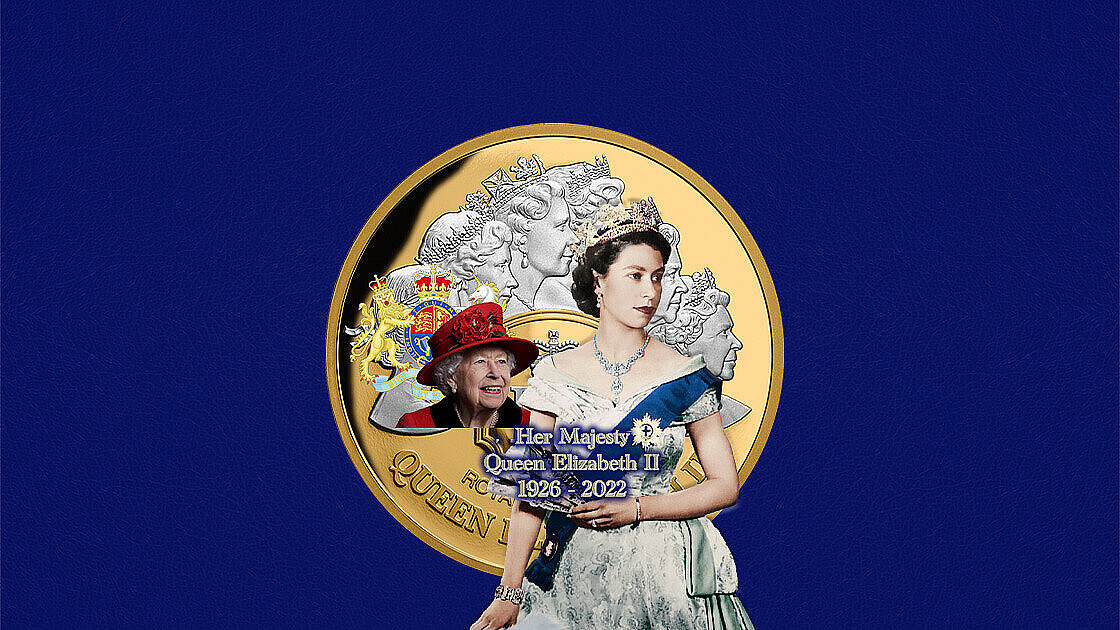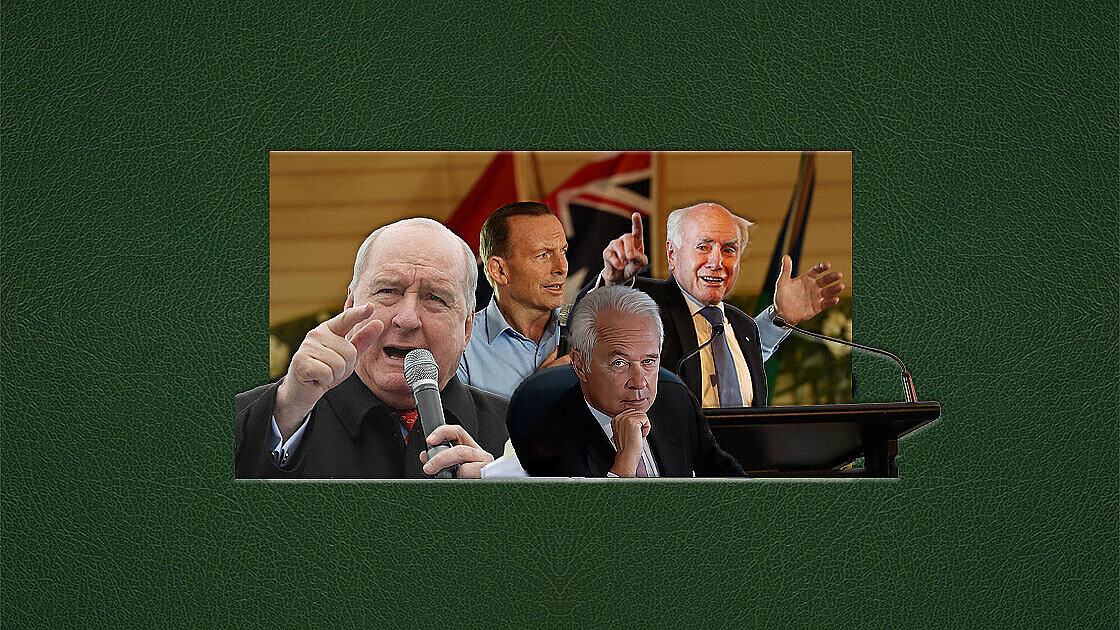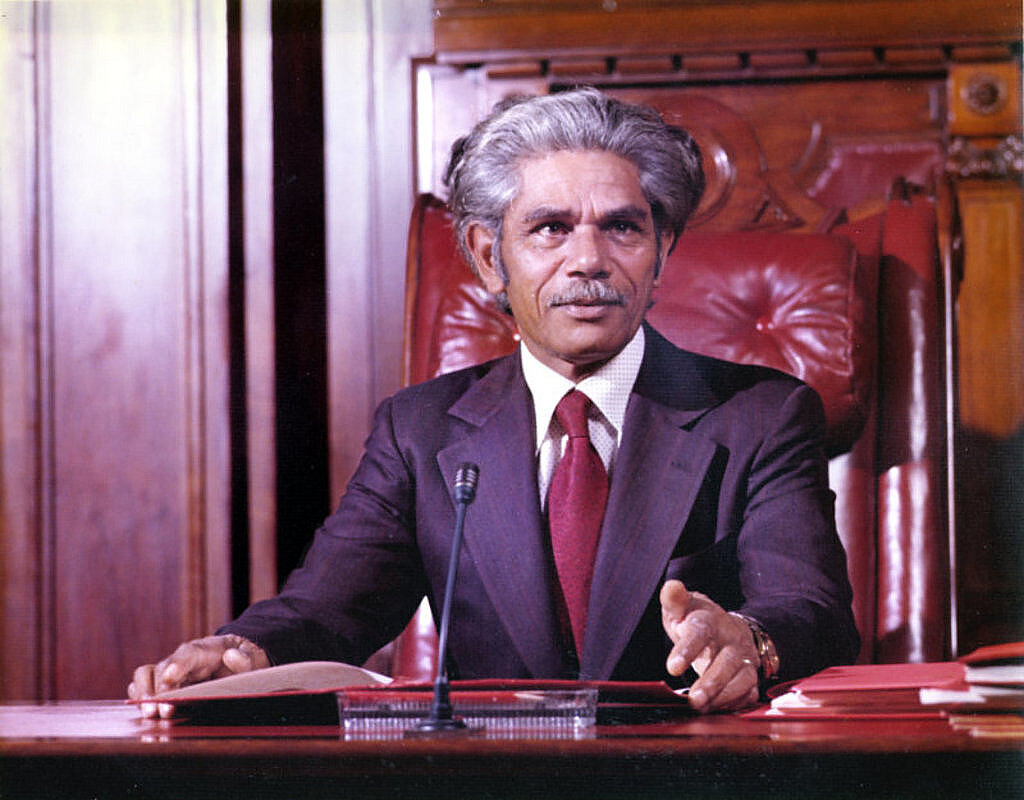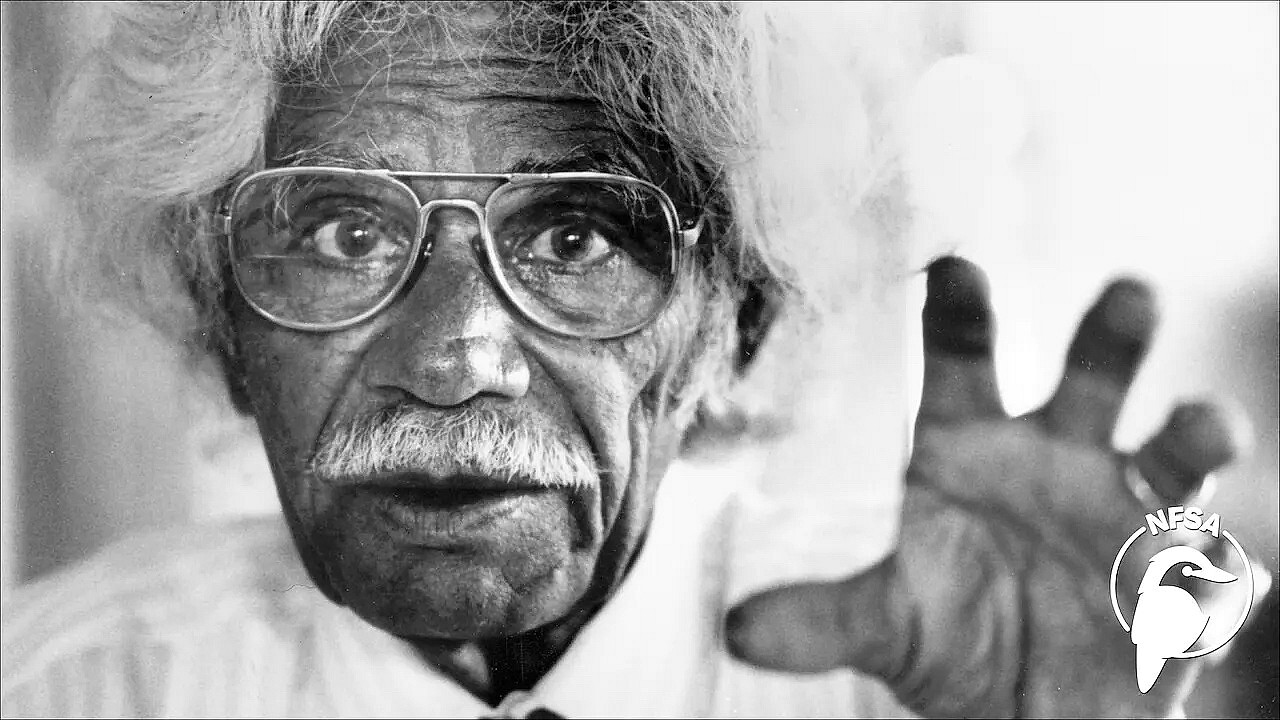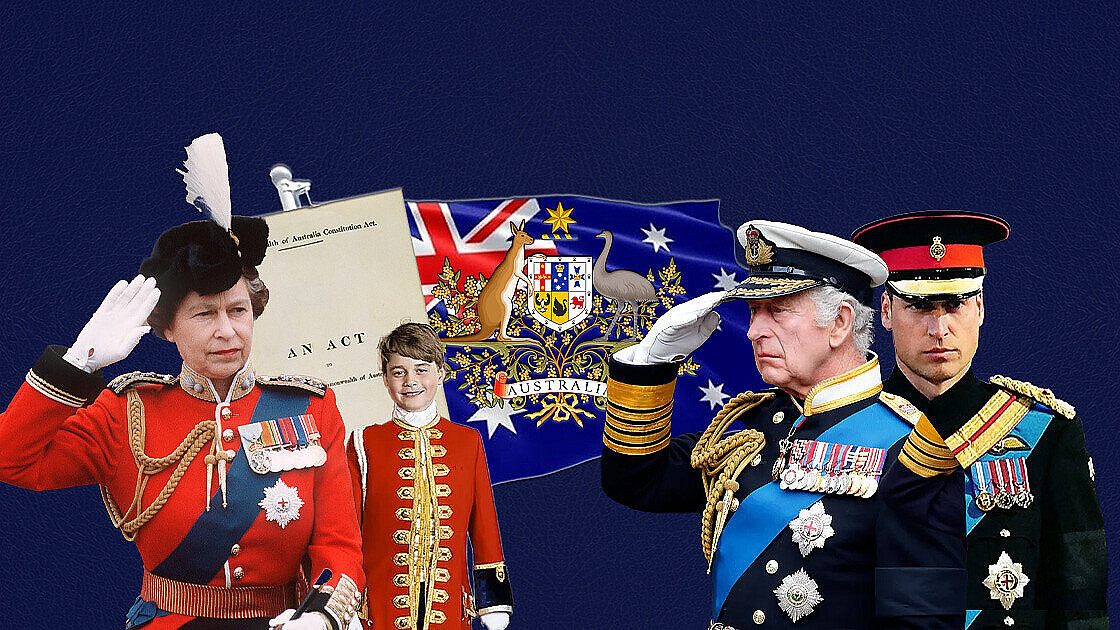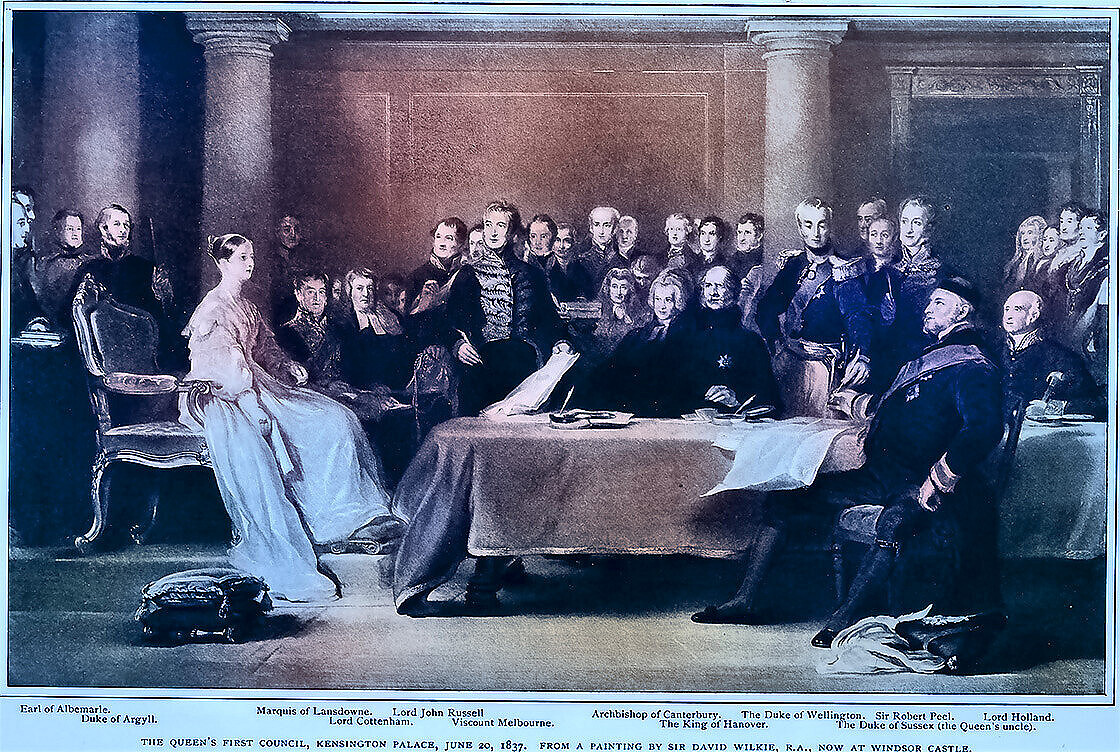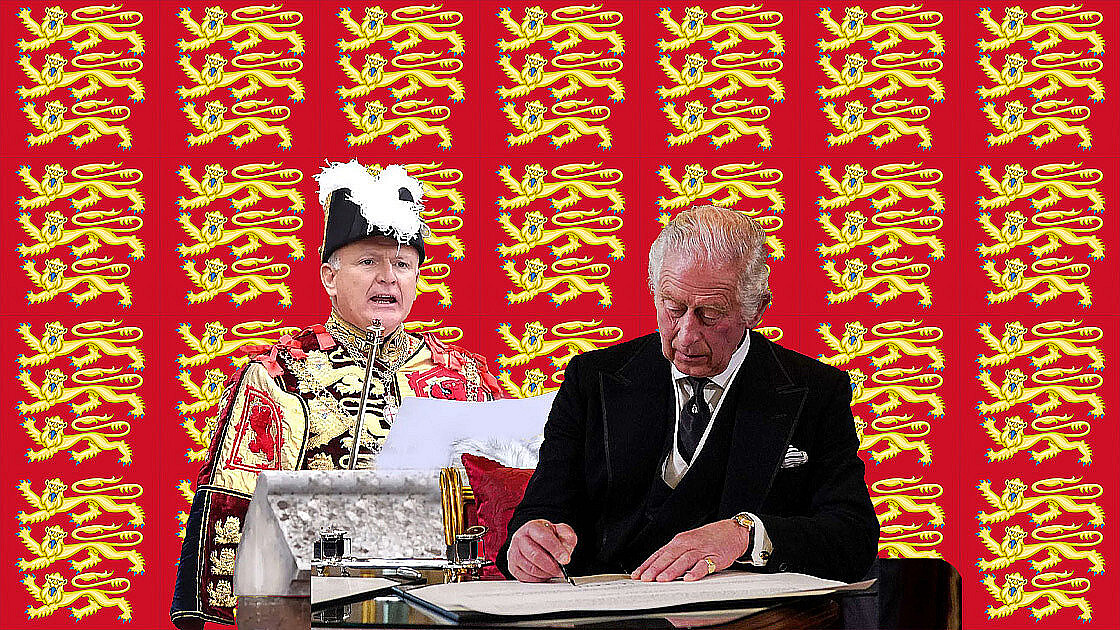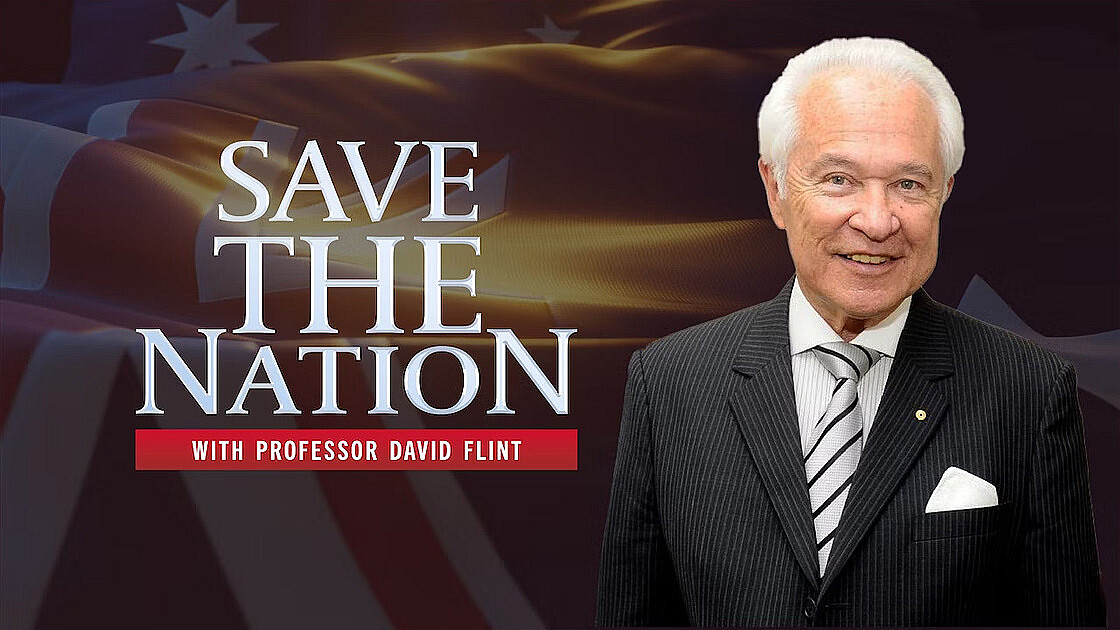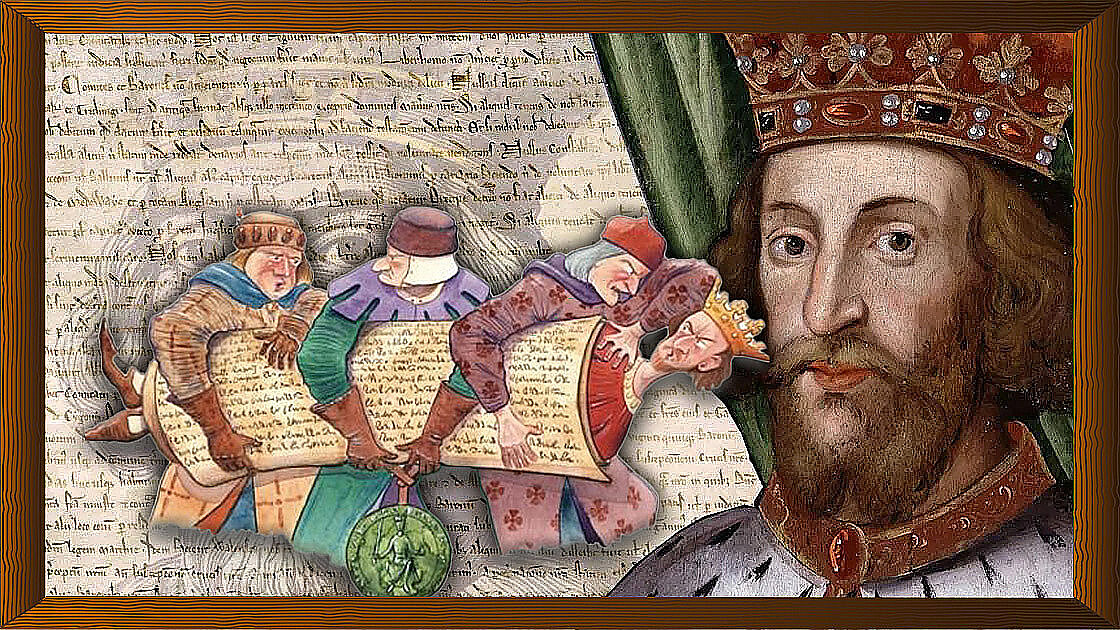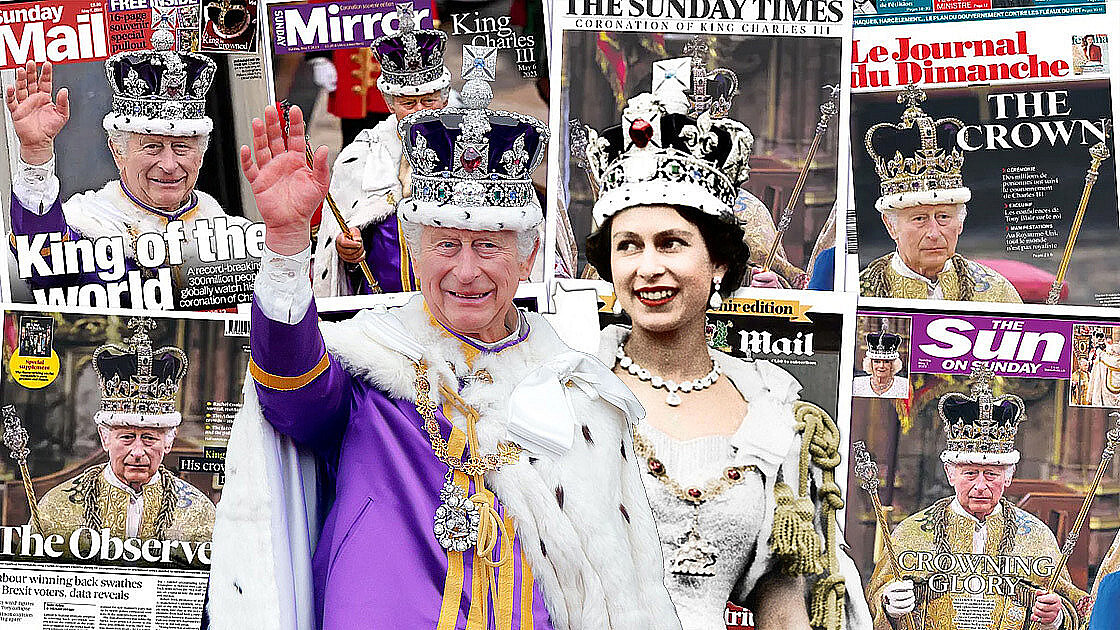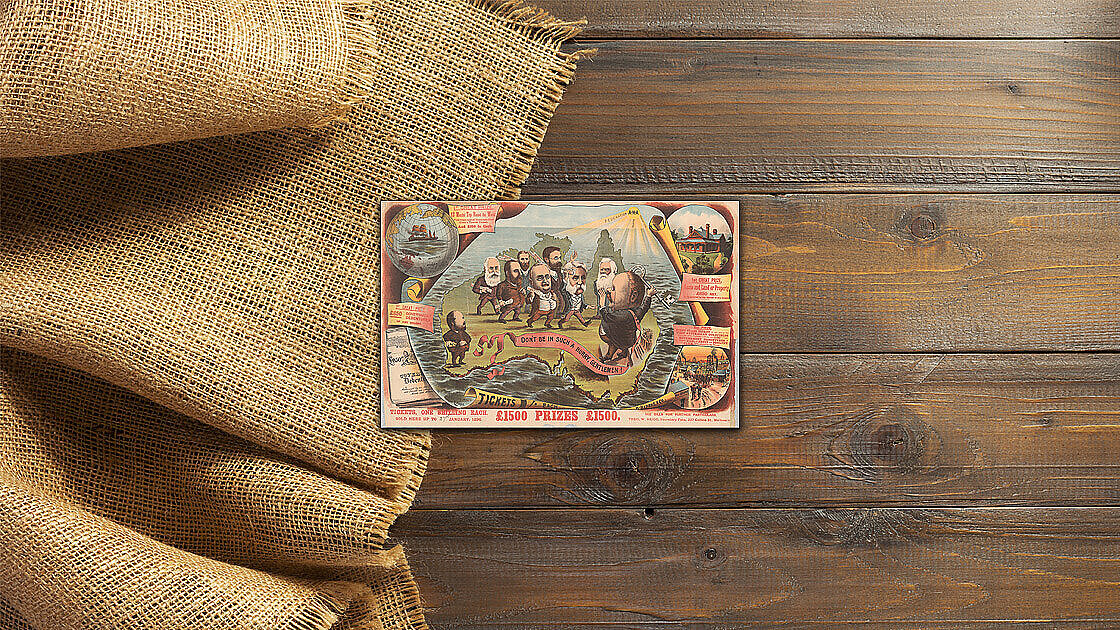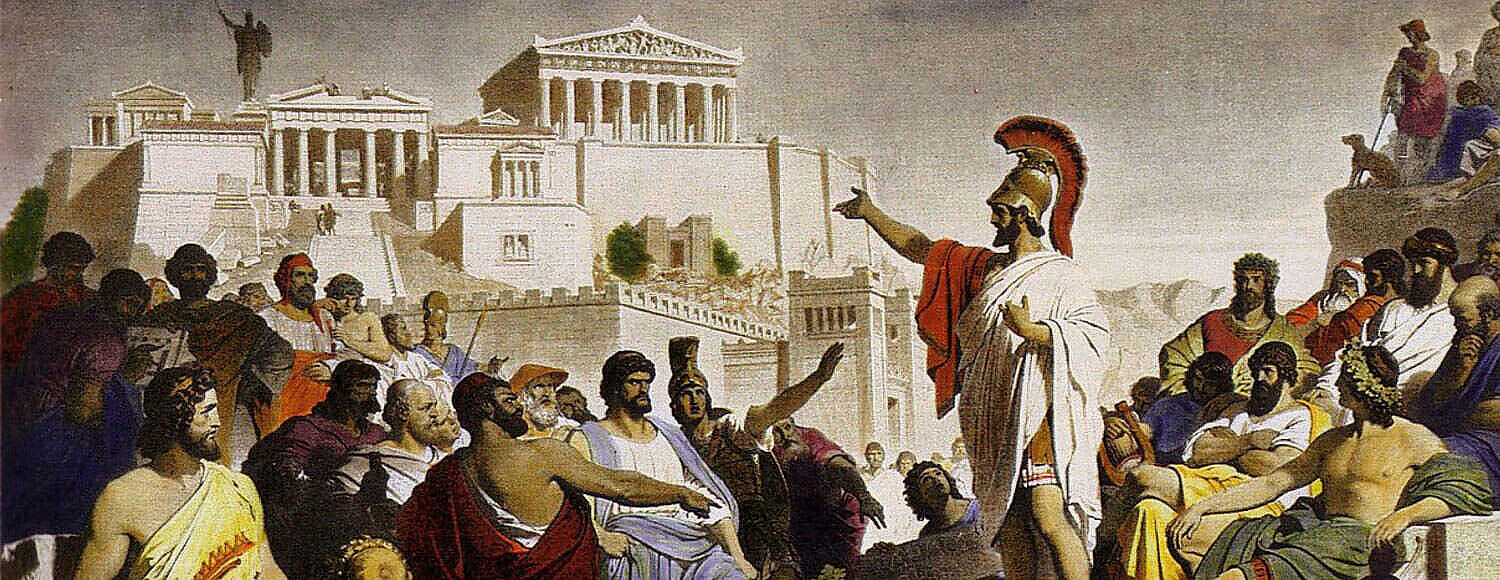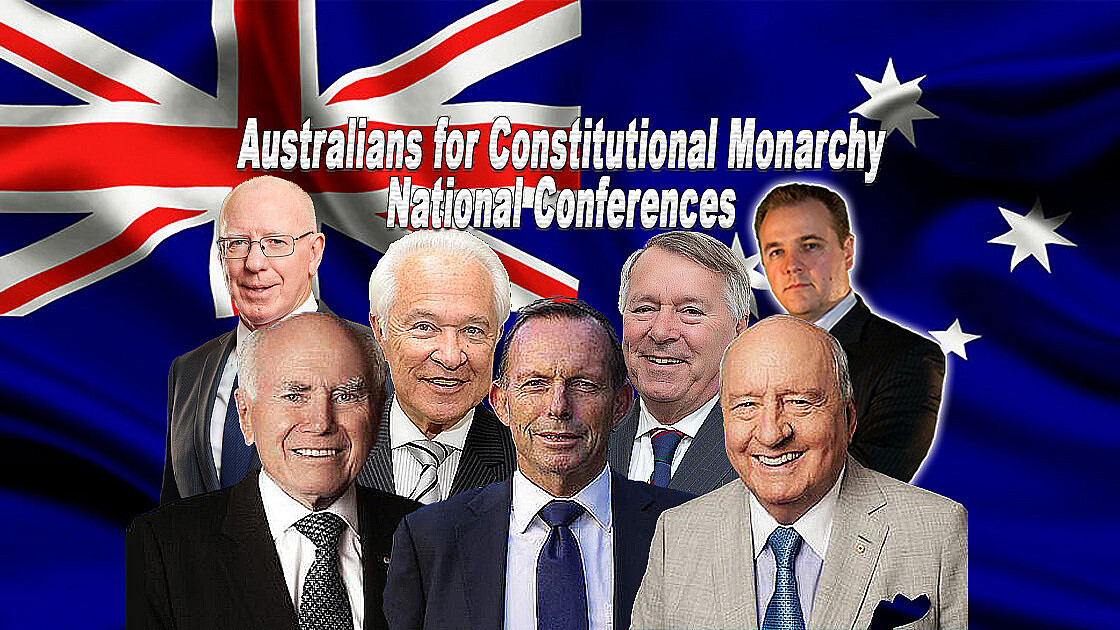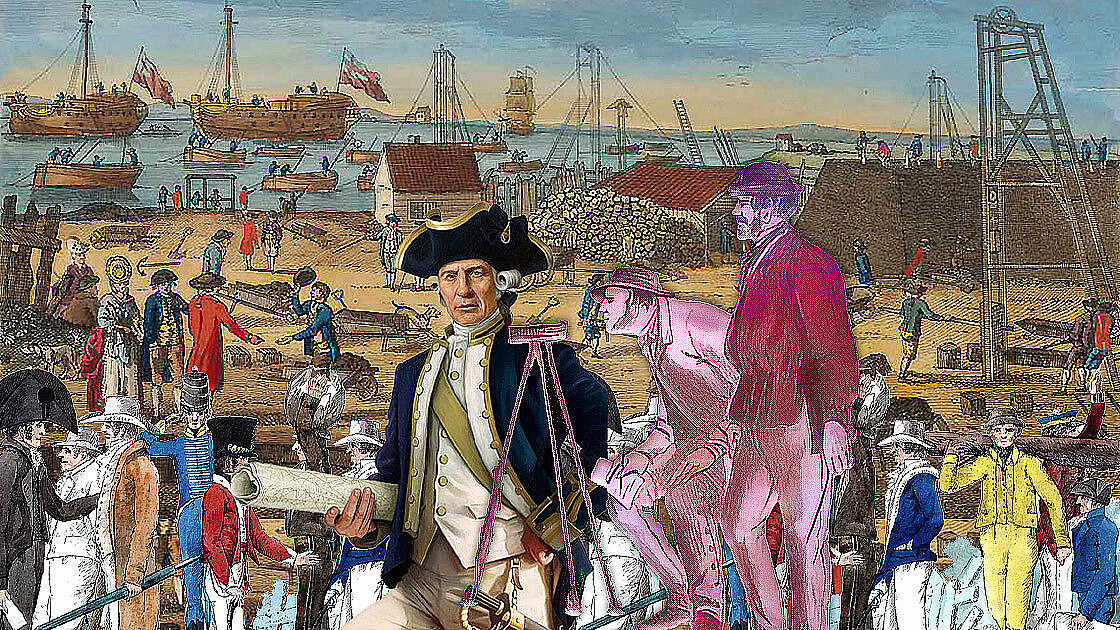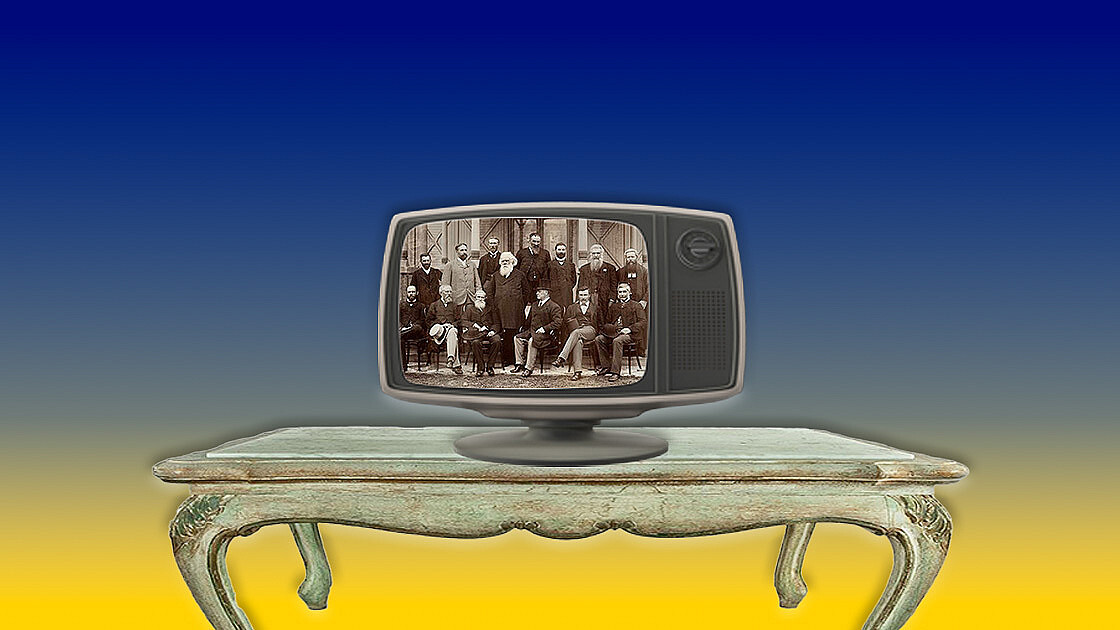No Constitutional Plebiscites
WHY OUR FOUNDING FATHERS WOULD NOT HAVE A BAR OF CONSTITUTIONAL PLEBISCITES
To understand the danger of what is being proposed, let us go back to the work of our Founding Fathers. Our Founders carefully and exhaustively considered the question of how the Constitution should be amended. The Constitution they had drafted was to be a "binding and indissoluble social compact" between the people of the Australian Colonies (now States).
The people of each Colony had to be involved at all stages, and finally, the Constitution was the centrepiece of the process initiated by Sir John Quick at Corowa in 1893. Under this, neither the drafting of the Constitution nor its final approval was to be exclusively in the hands of the politicians.
This is not to denigrate the role of the politician in the Commonwealth. But the politician's role is to be limited in constitutional matters, a point confirmed in the 1999 referendum. How, then, to involve the people in any amendment to the Constitution? The Founders well understood the use, and indeed the misuse, of the constitutional plebiscite. From the time of the French Revolution to the drafting of our Constitution, there had been a total of about 40 national plebiscites and referendums in the world.
Of these, 24 would be recognisable to Australians as a referendum. That is, the full texts of the amendments (or of the Constitutions) were already on the table, not hidden. There was an opportunity for a proper debate, and above all, the country was a democracy. Surprisingly, all 24 were in one country, Switzerland. The remaining 15 were not what Australians would call referenda. They were all constitutional plebiscites.
The first was actually held in Switzerland in 1802. But it was a Switzerland under French occupation. There, the Swiss were asked to approve of a Constitution drafted by the French. And although the "No" vote exceeded the "Yes" vote substantially, Napoleon decided the "Yes" case had won. This was done by treating all abstentions as affirmative votes. An early example of electoral fraud!
Then, there were three plebiscites to approve of the installation of a monarch. These were in Greece in 1862, in Mexico in 1863 and in Romania in 1866. The Mexican plebiscite was held under the auspices of an invading French army. The Emperor, Maximilian, was the nominee of the French Emperor, Napoleon III. He was approved by 99 per cent of the people.
This vote was not reflected among those who then fought for an independent Mexico. The unfortunate Maximilian, abandoned by Napoleon, was executed by a firing squad. Then, there was an aborted constitutional plebiscite in Mexico in 1867, but the votes were never counted. The Romanians also approved a constitutional change in 1864.
The remaining ten constitutional plebiscites, that is, the bulk of them, were held in France. Almost all were held under authoritarian, if not dictatorial, regimes, with the probable exception of those in 1851 and 1852, which I will come to in a moment.
The French Revolution, from the Reign of Terror to the rise of Napoleon Bonaparte's dictatorship, produced seven plebiscites. These were to be approved:
In 1793 -- The Constitution of the Year I (so called because the revolutionaries hated the past so much they threw out the Gregorian calendar);
In 1795 -- The Constitution of the Year III introduced the Directoire;
In 1799 -- The Constitution of the Year VIII introduced the Consulate;
In 1800 -- The confirmation of Napoleon Bonaparte as Consul;
In 1802 -- Appointment of Napoleon was Consul for Life;
In 1804 -- The making of Napoleon Emperor of the French; and
In 1815 -- The restoration of Napoleon's Imperial Constitution.
Two more constitutional plebiscites were used to install Napoleon III (Napoleon Bonaparte's nephew) as Emperor. The first was in 1851 to extend his term as President of the Second Republic to ten years. The second was in 1852 to make him Emperor. A last-minute and unsuccessful reprieve to the Empire by liberalising it was approved in 1870 before France's defeat in the war with Prussia.
Incidentally, the collapse of the Empire and the installation of the Third Republic were never submitted to the people for their approval.
If we exclude those plebiscites to approve the name of a Sovereign in Greece and Romania, all but one of the constitutional plebiscites about which the Australian Founding Fathers would have been aware were held in France or in a country under French occupation. And all of these were used either to confirm or to install some form of authoritarian or dictatorial rule.


